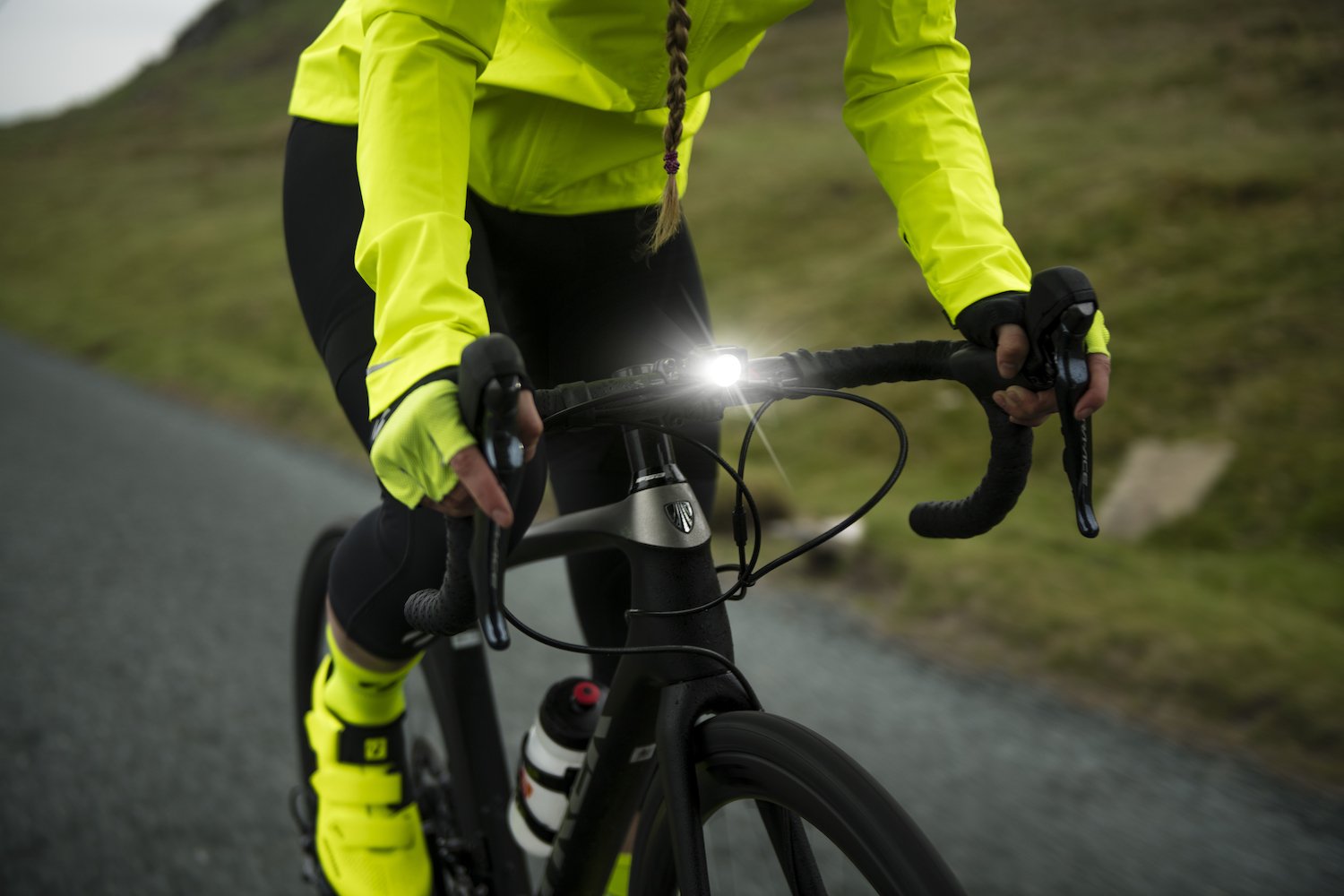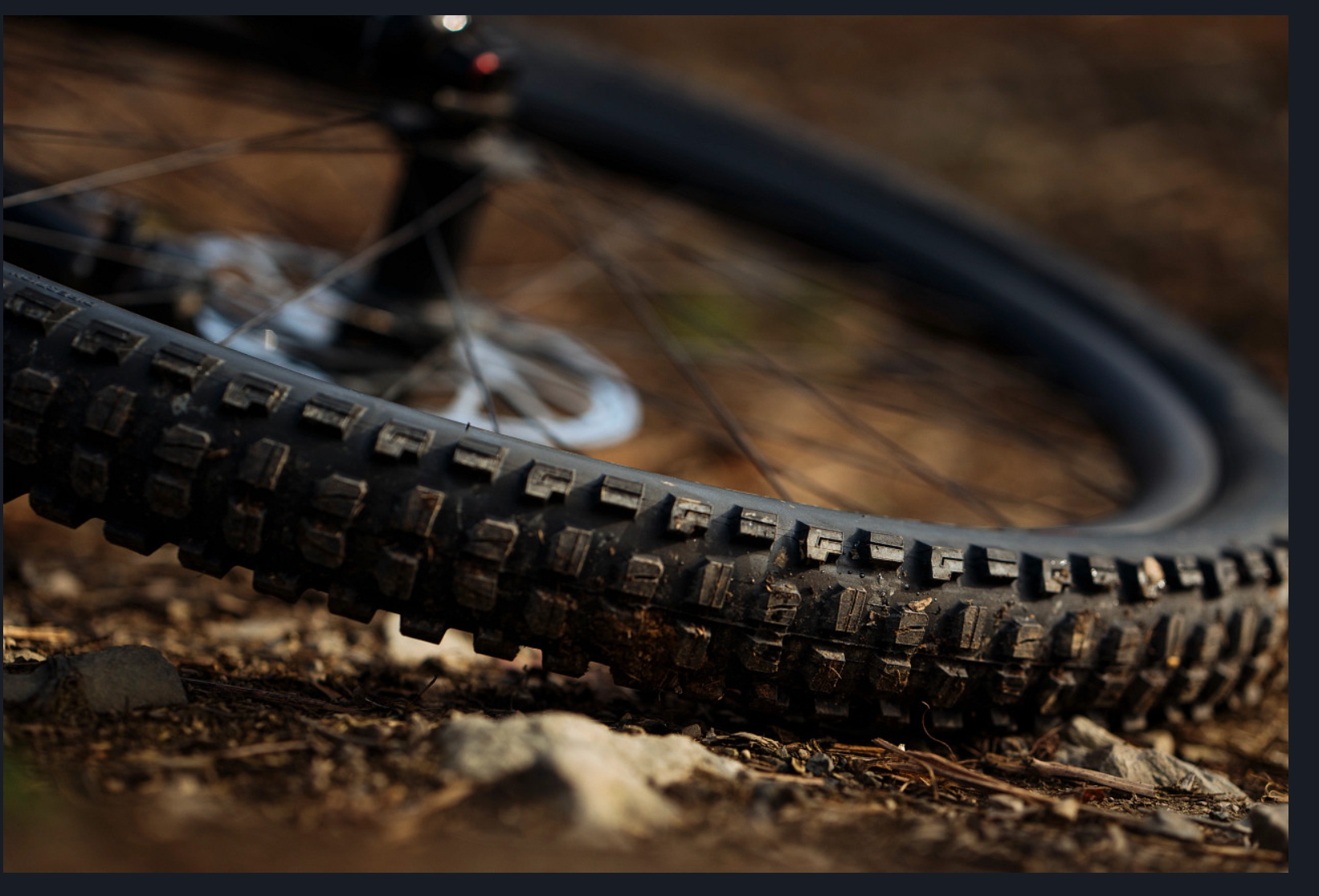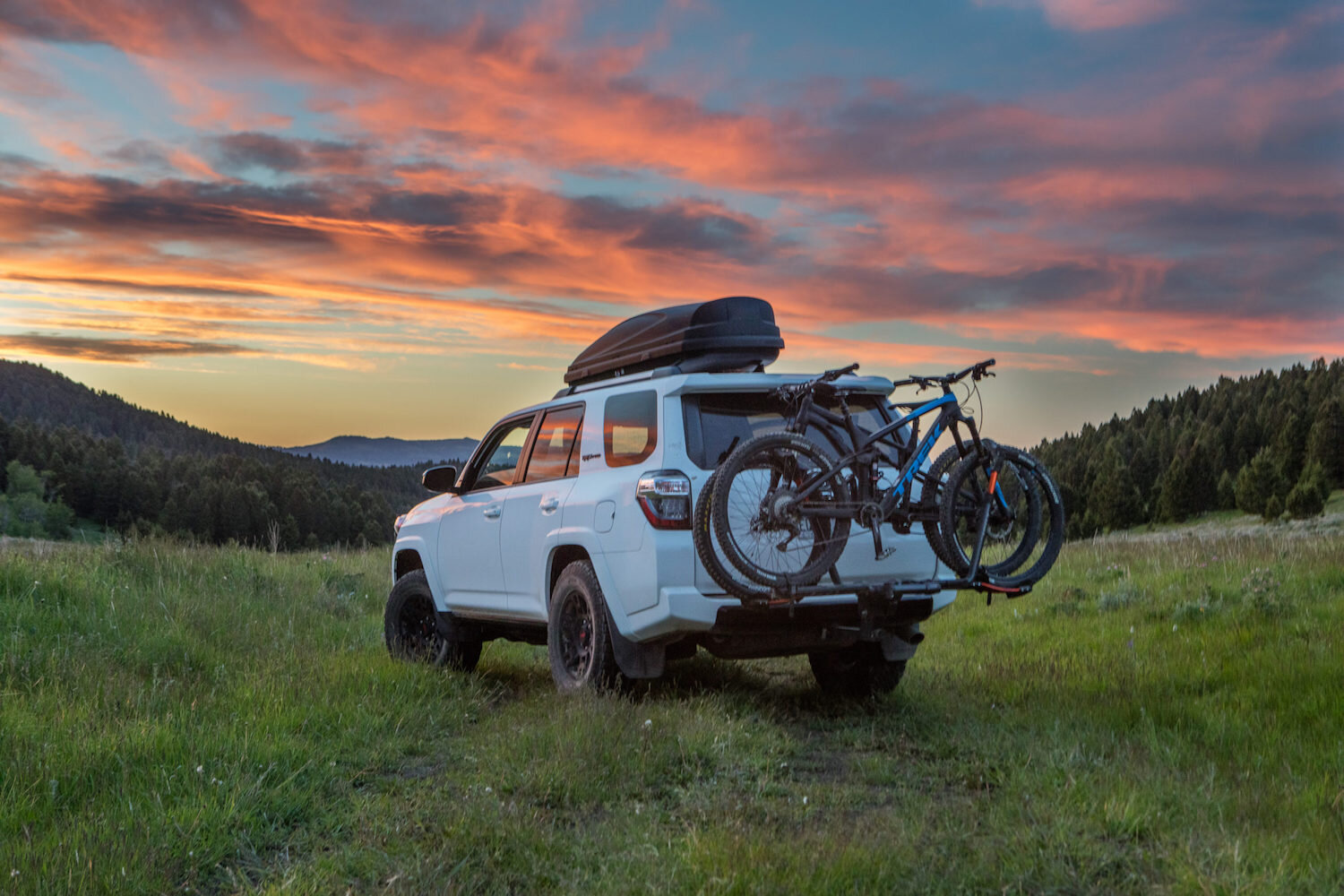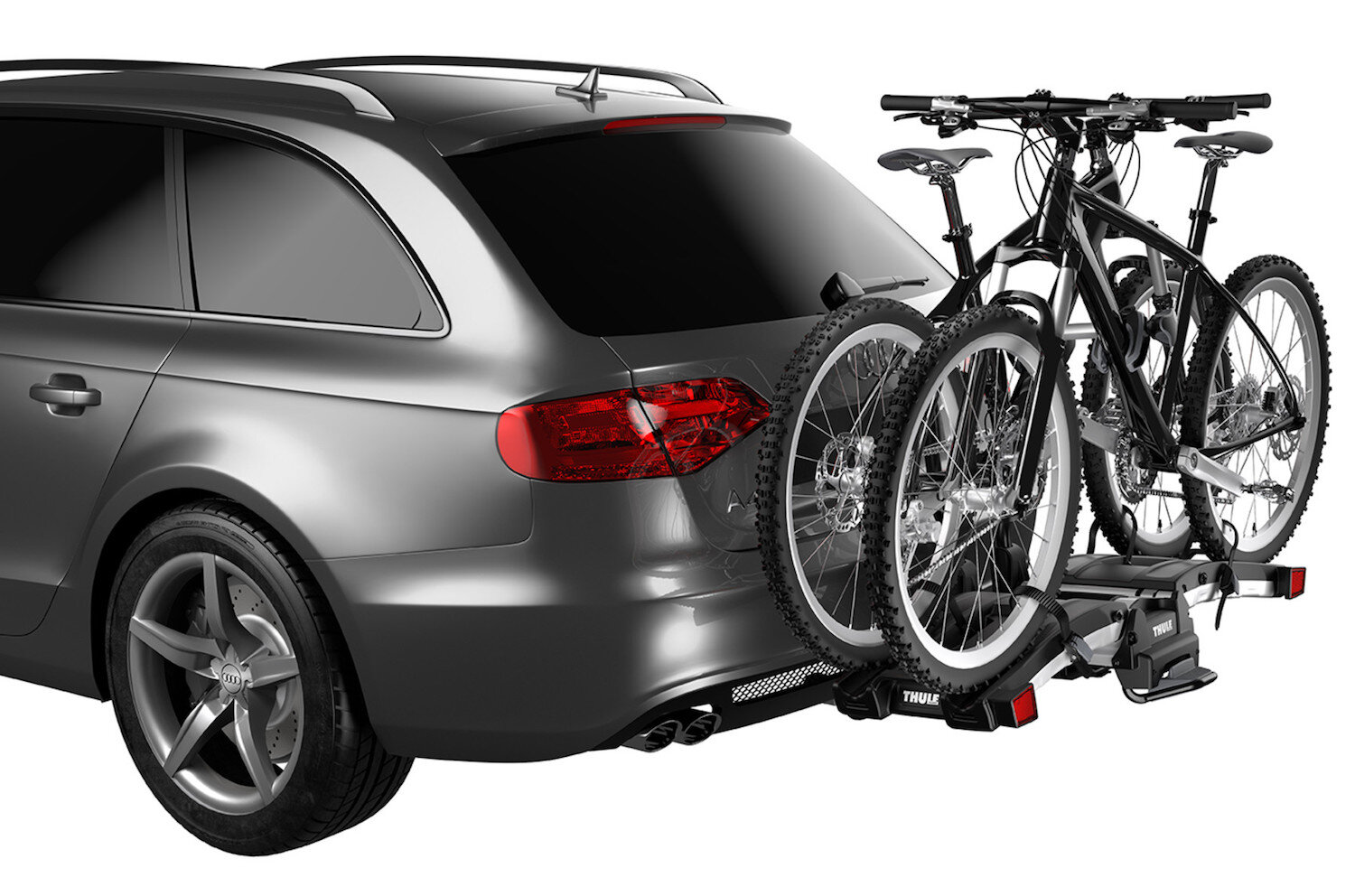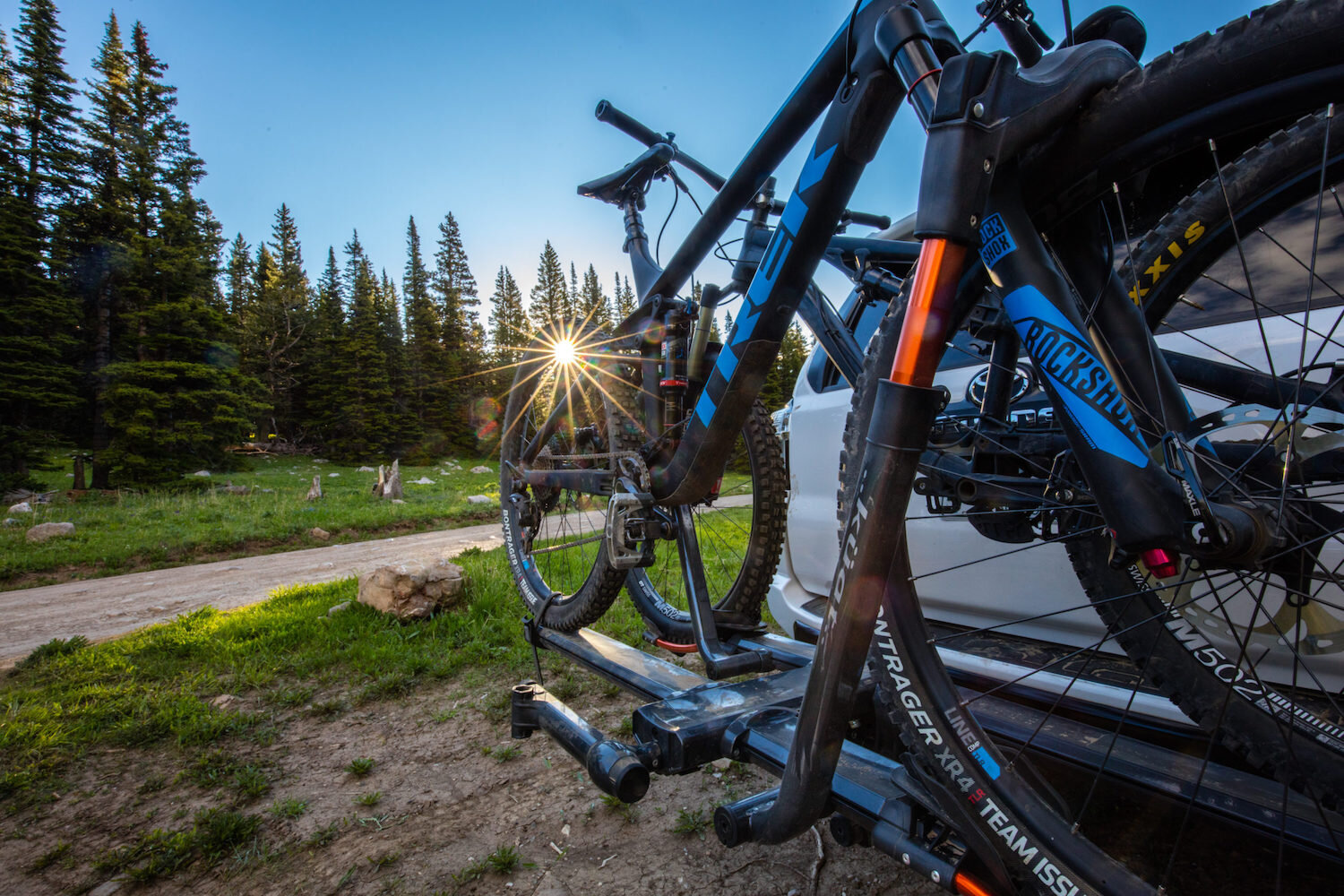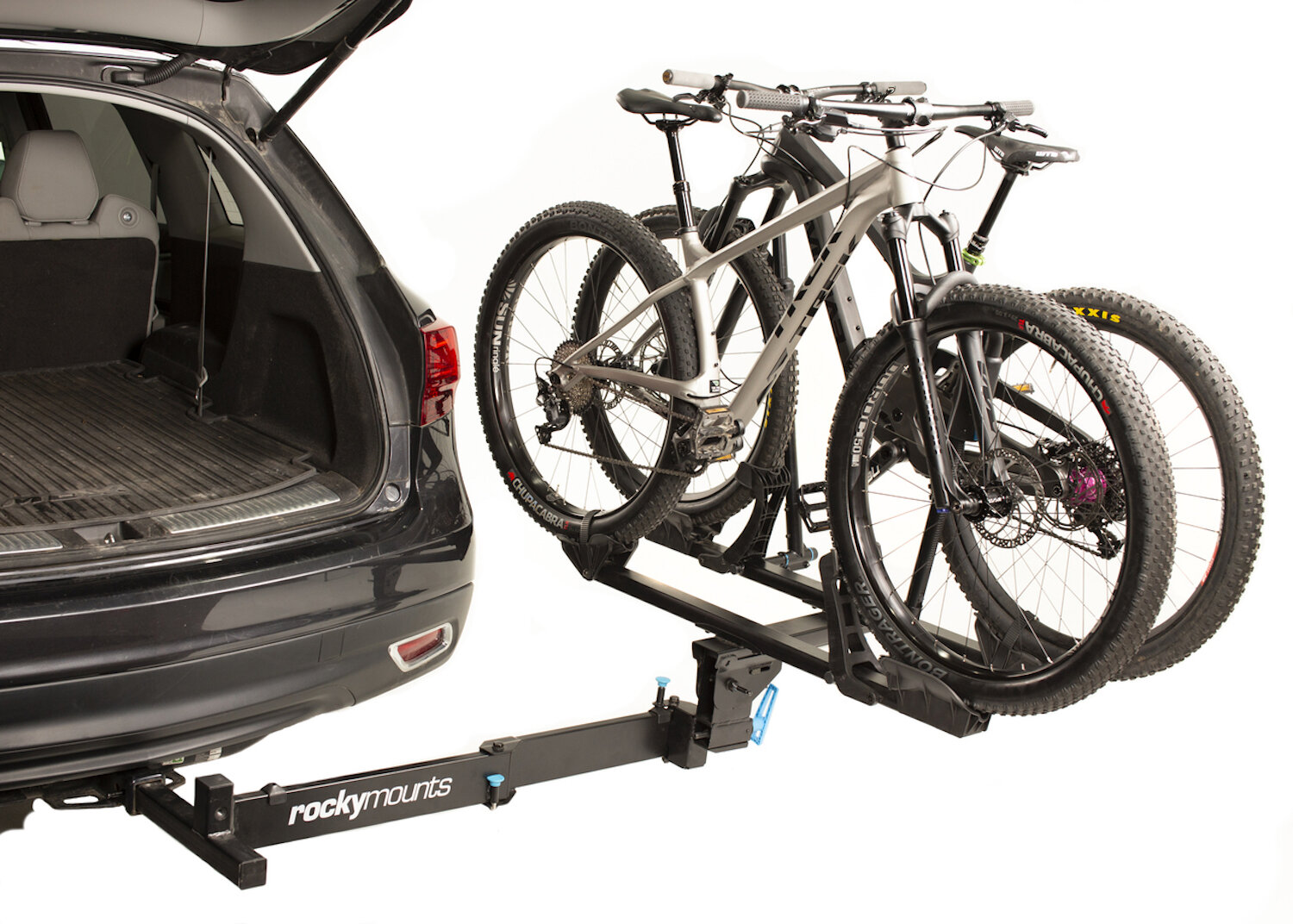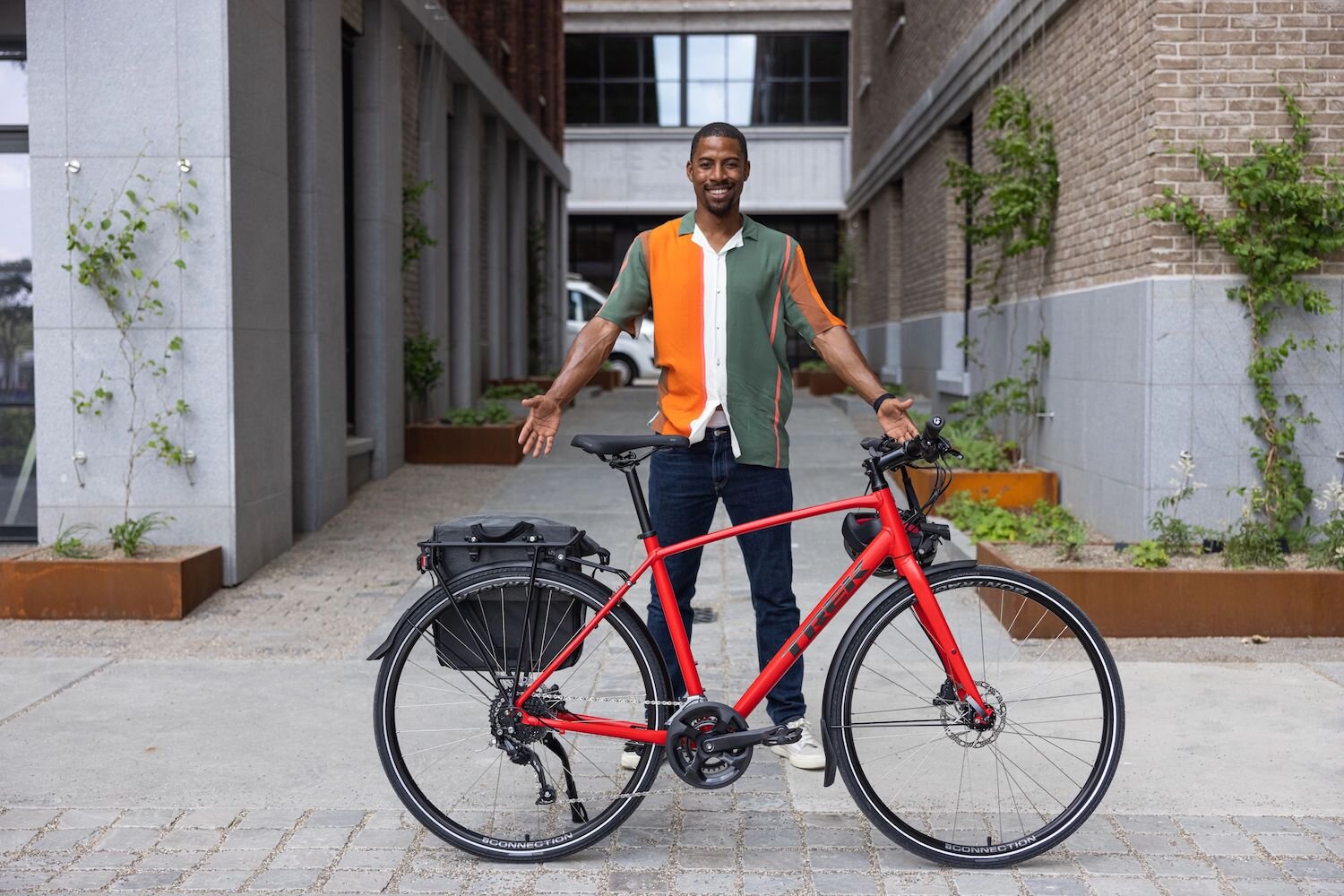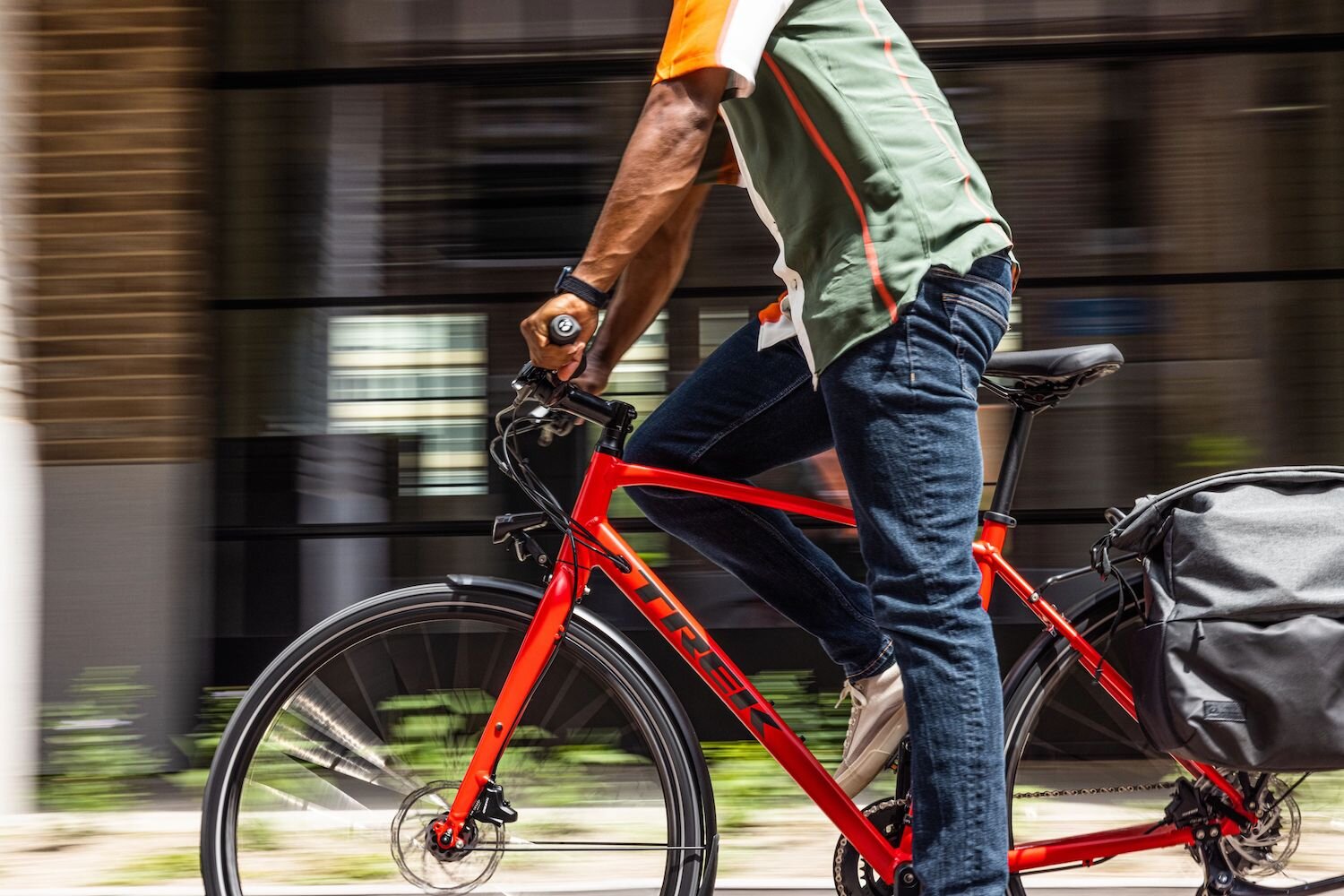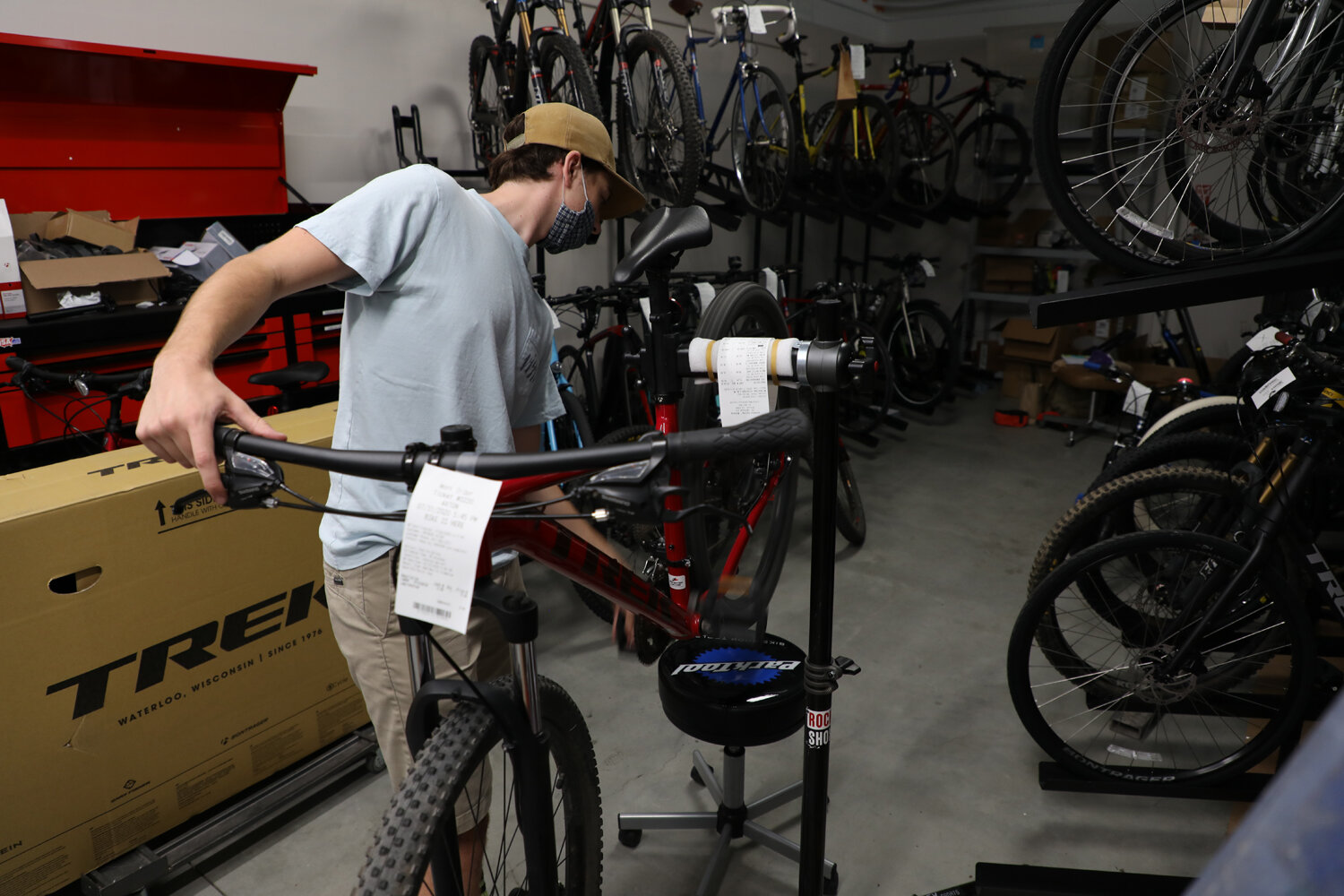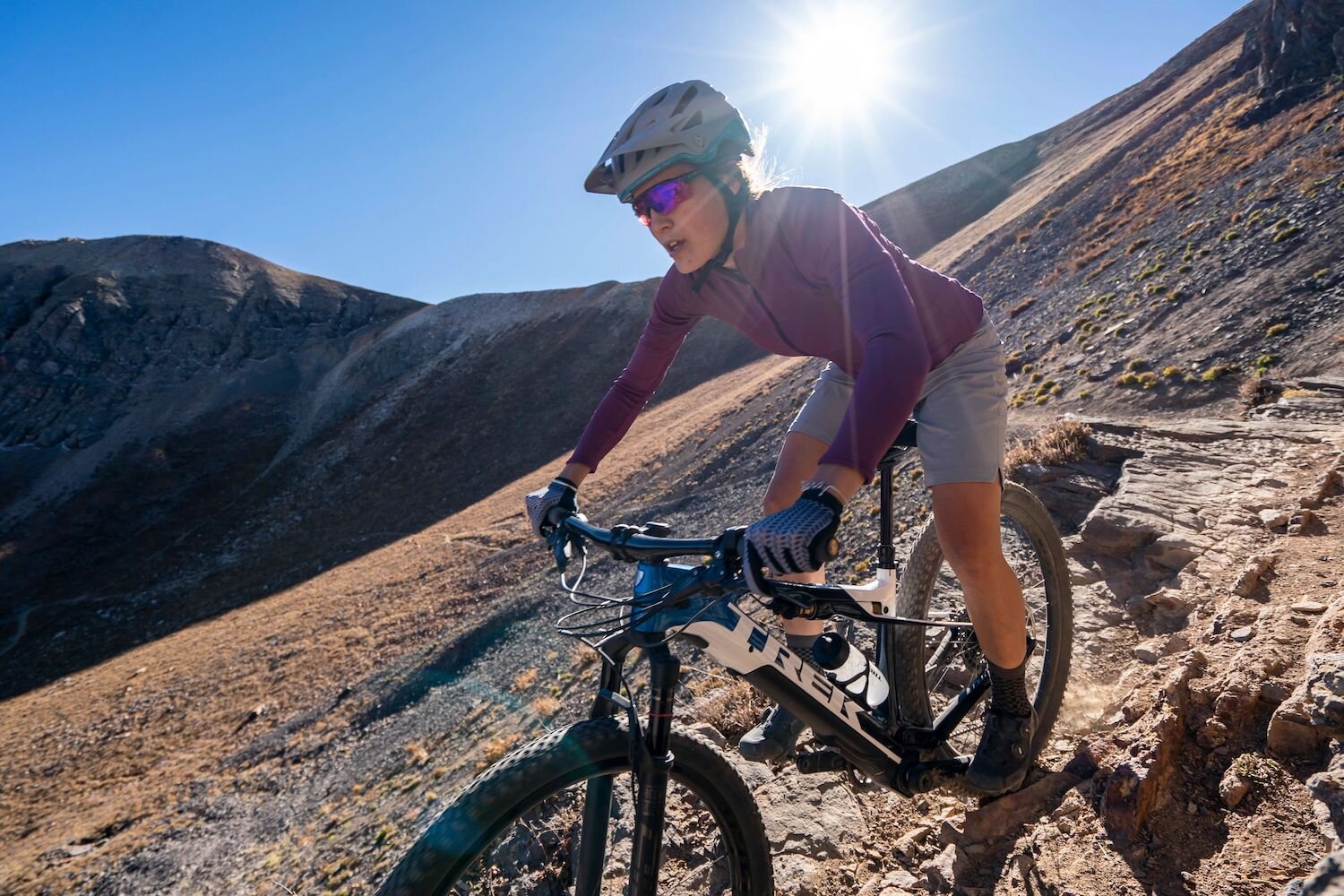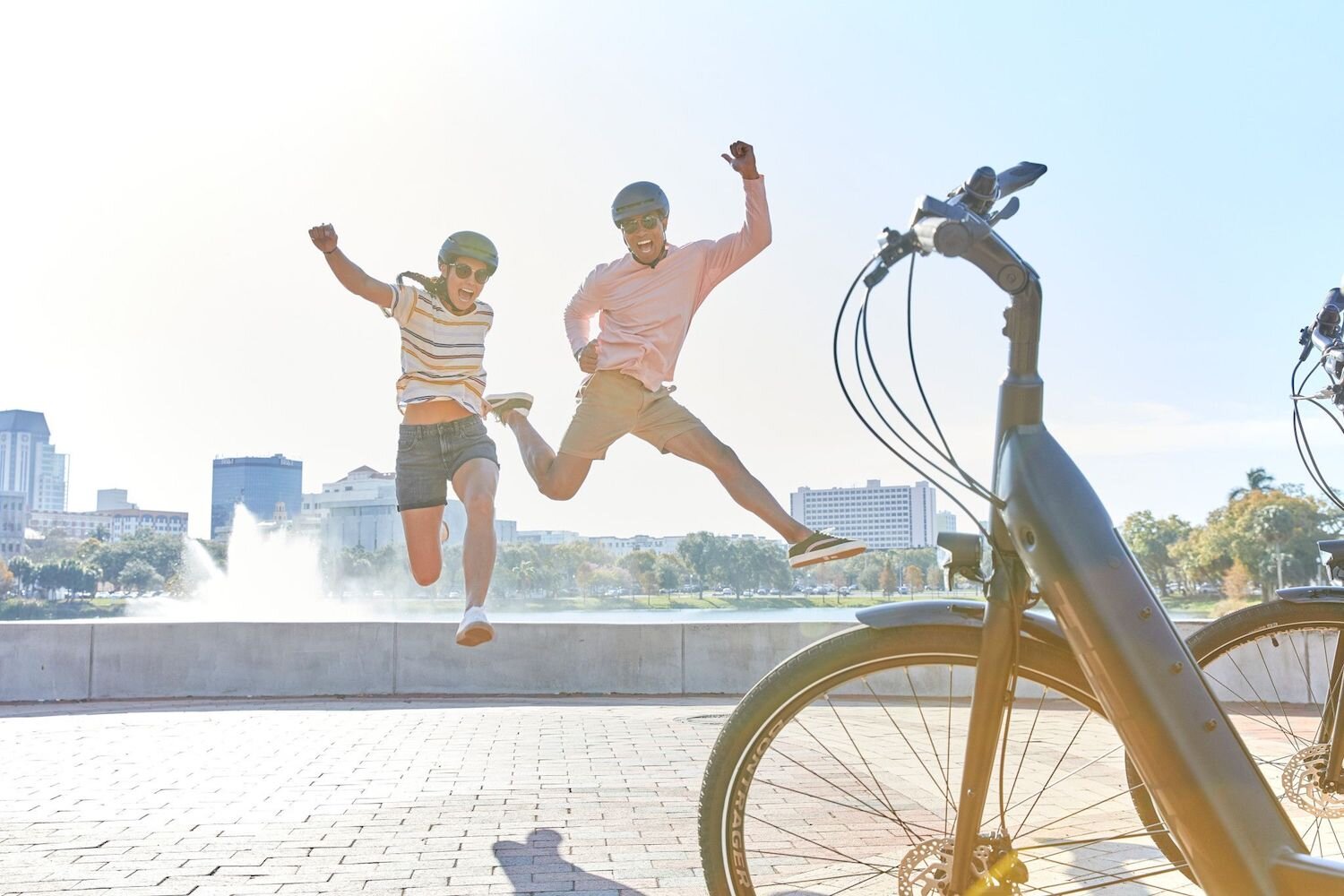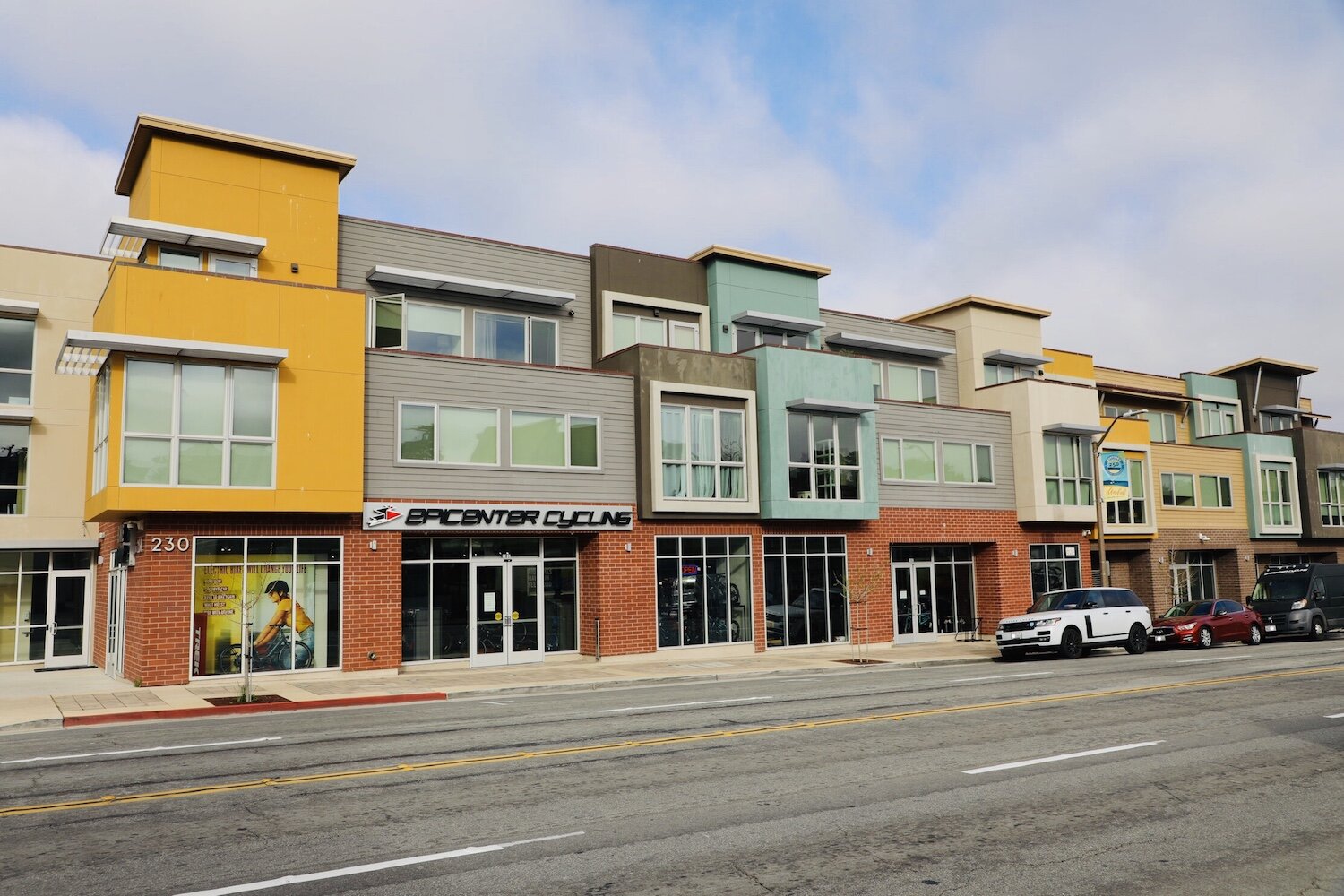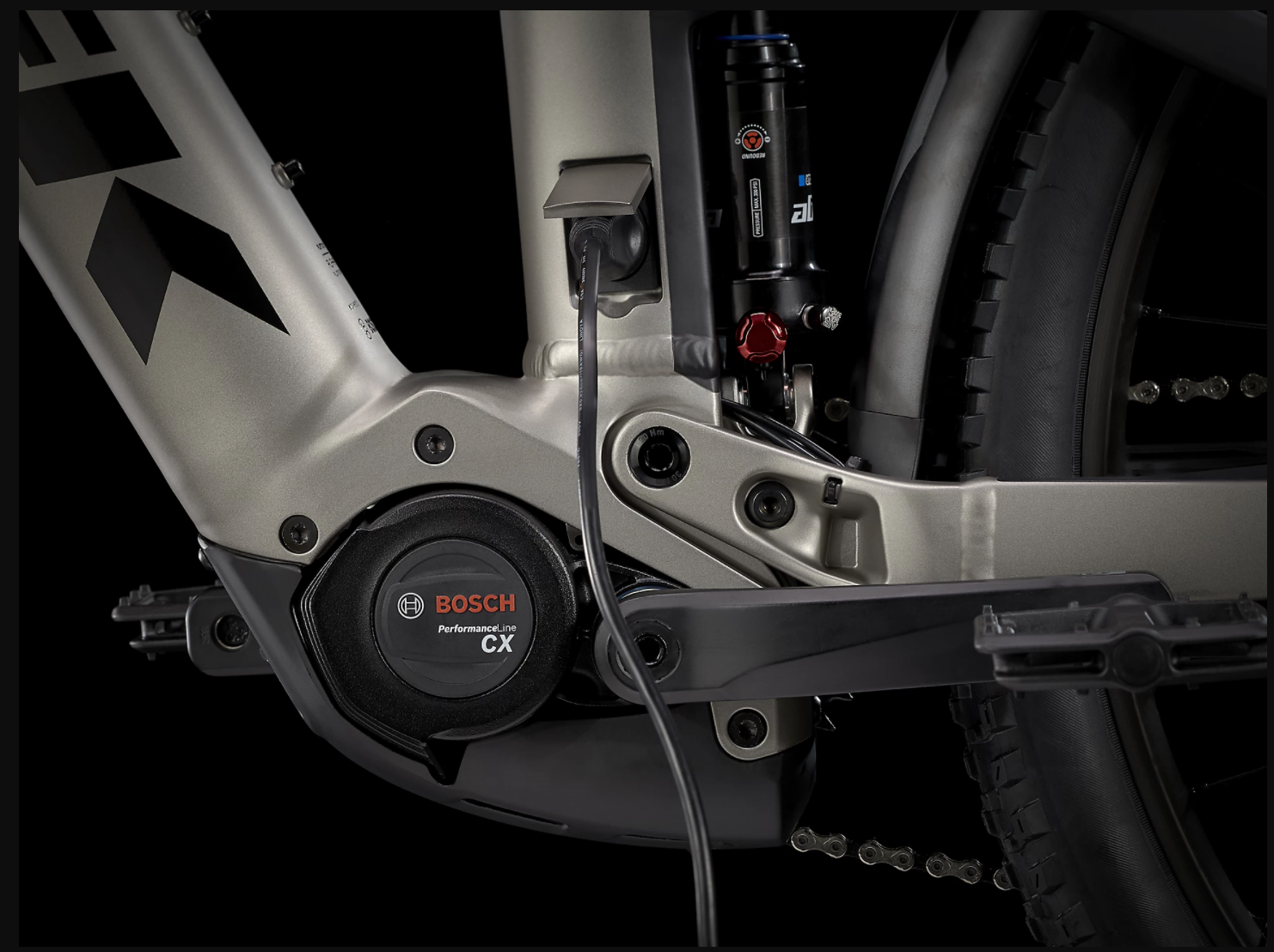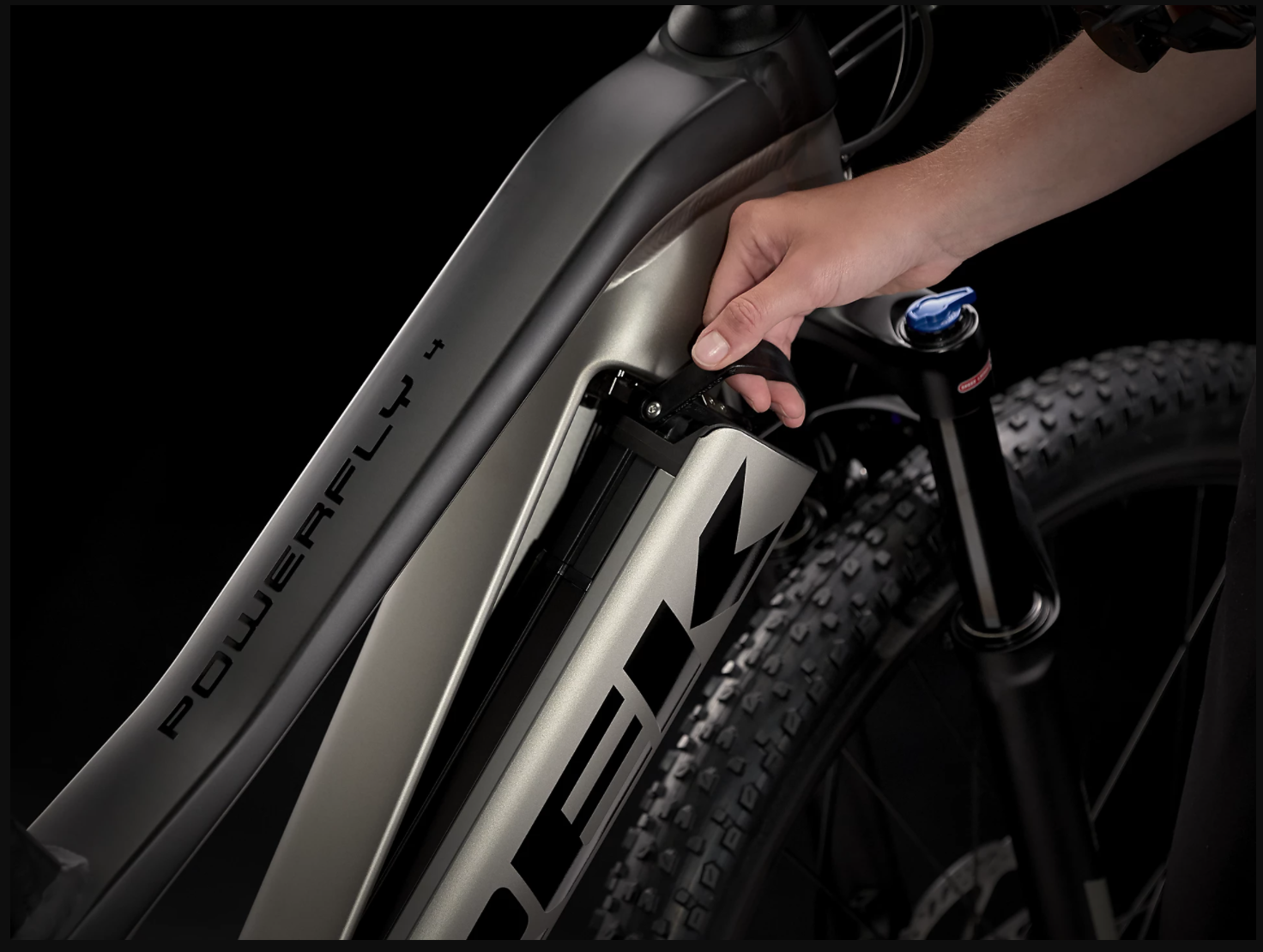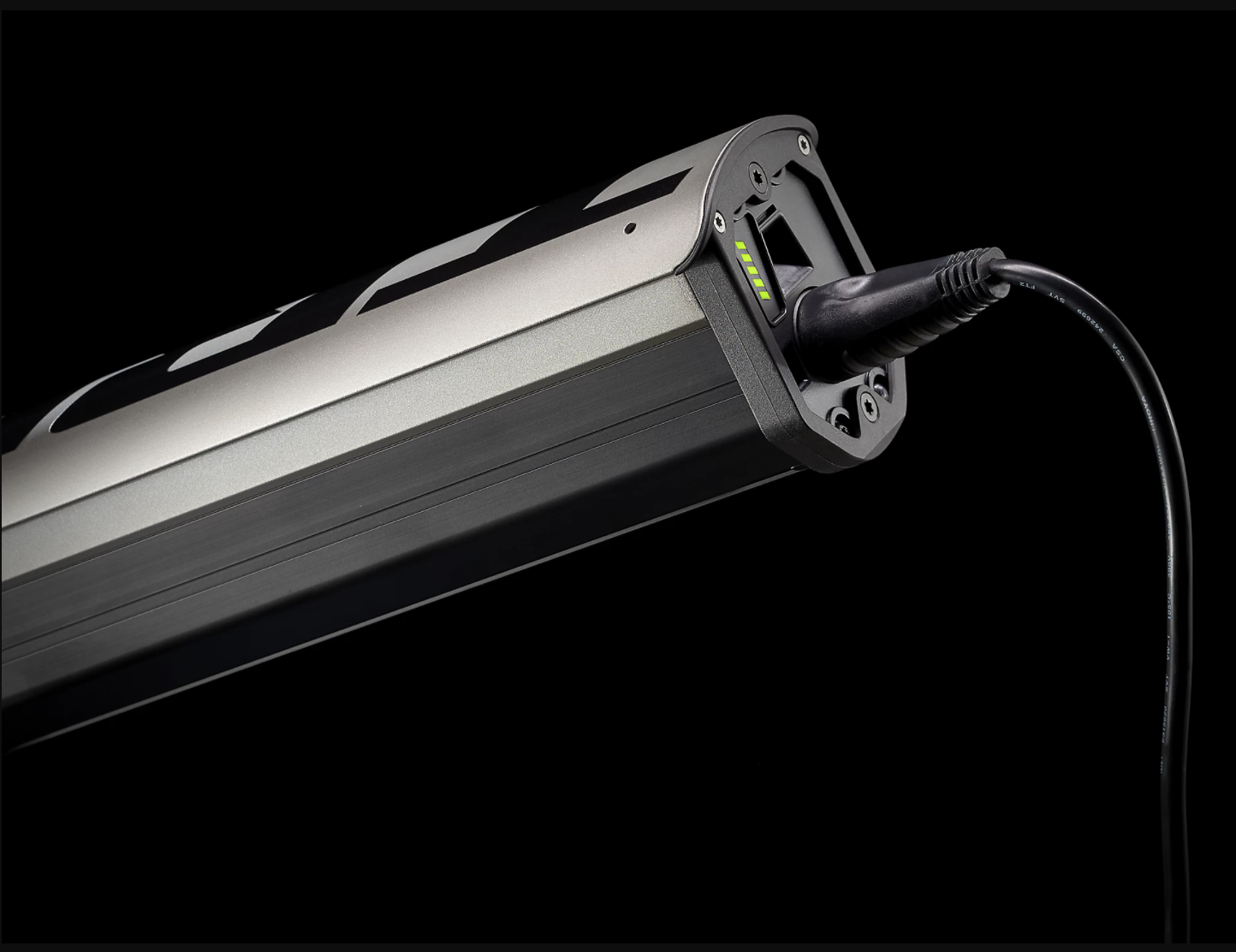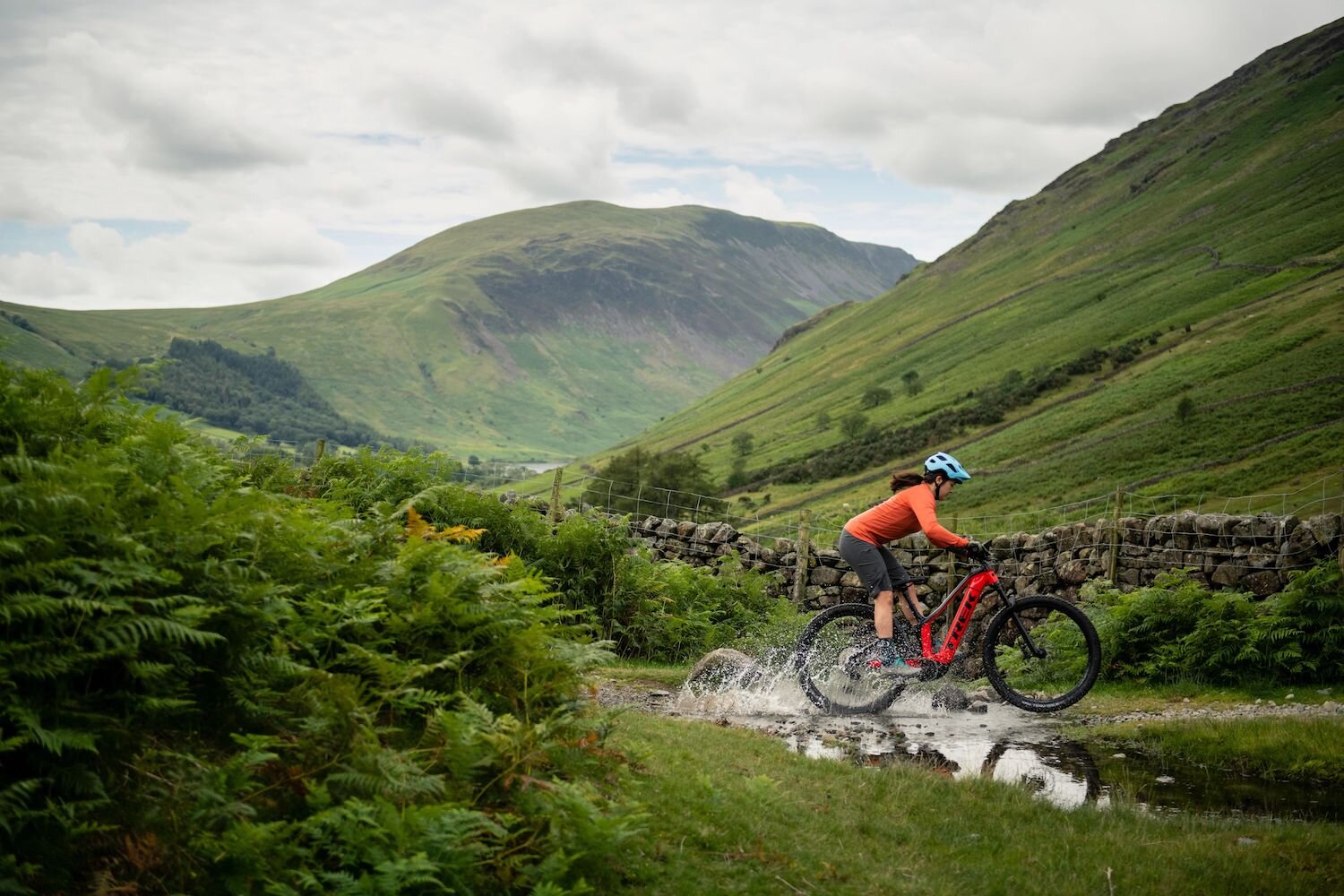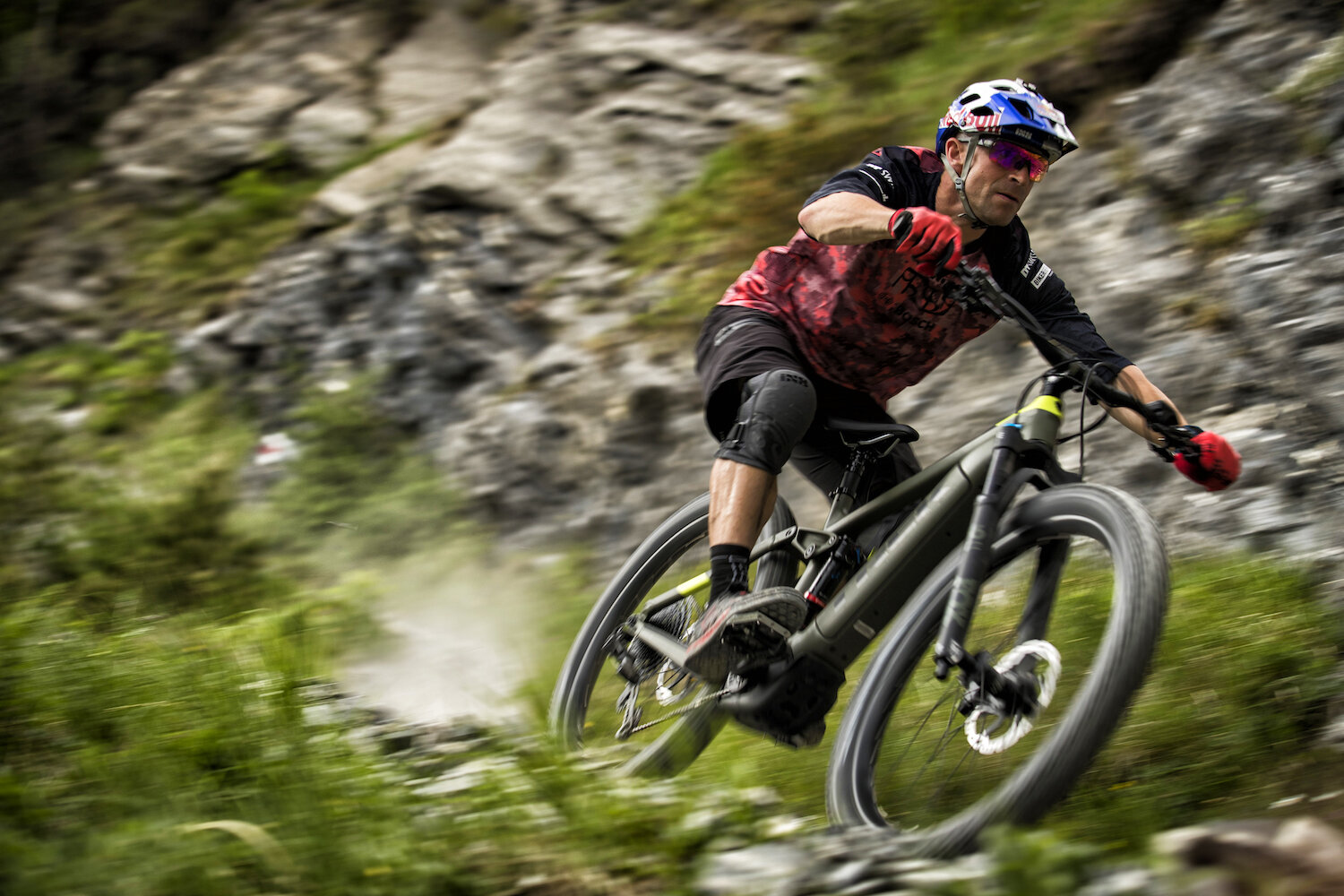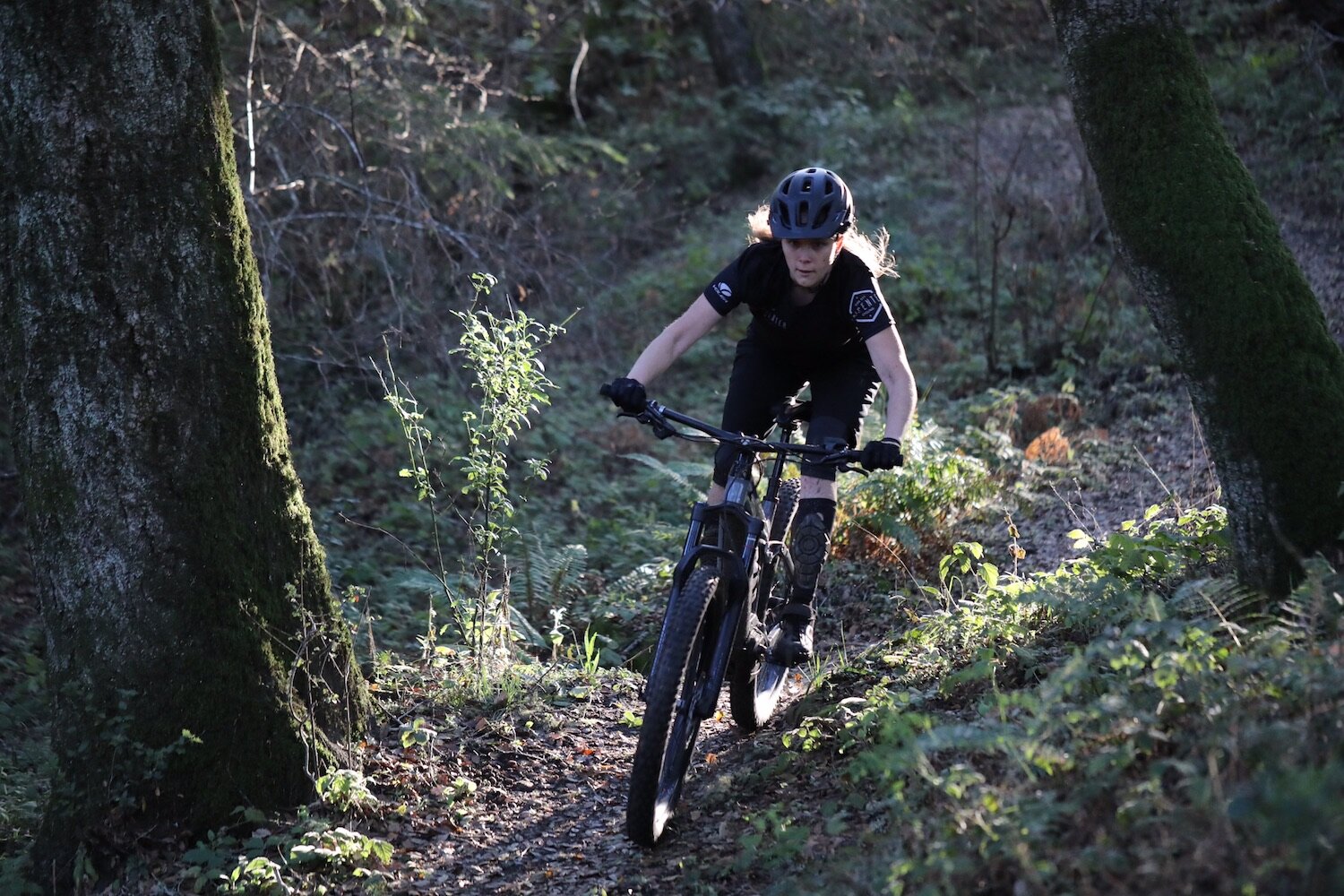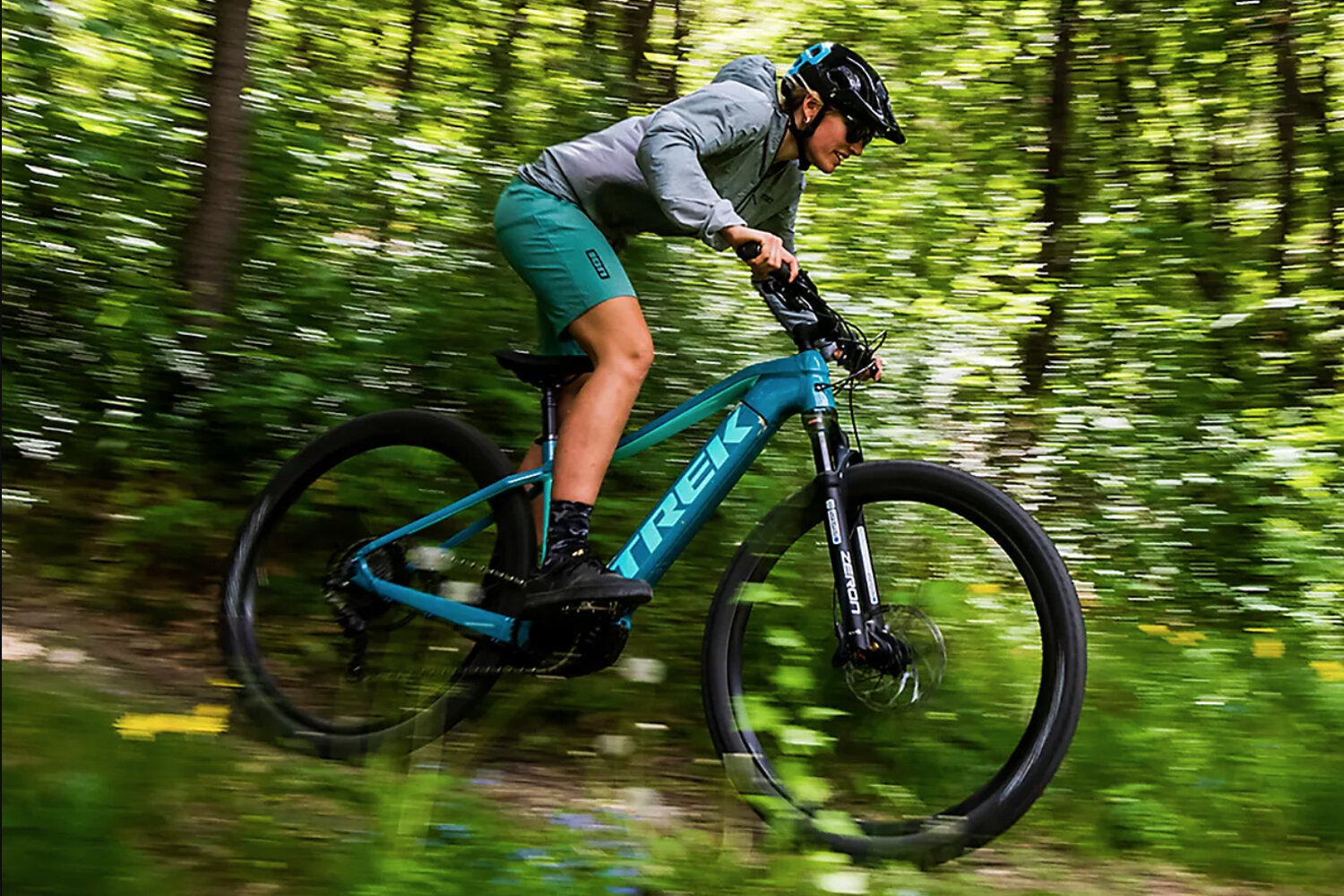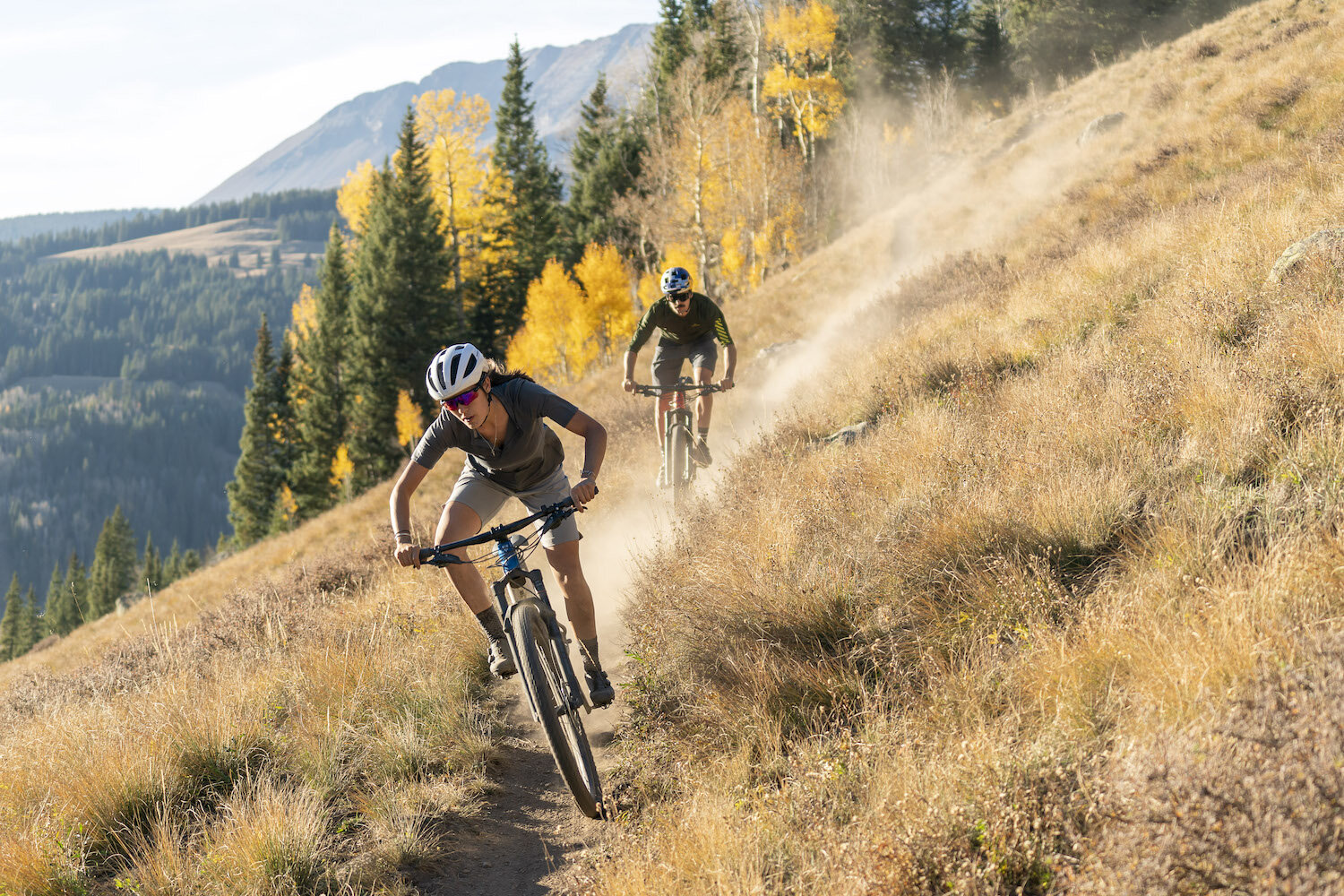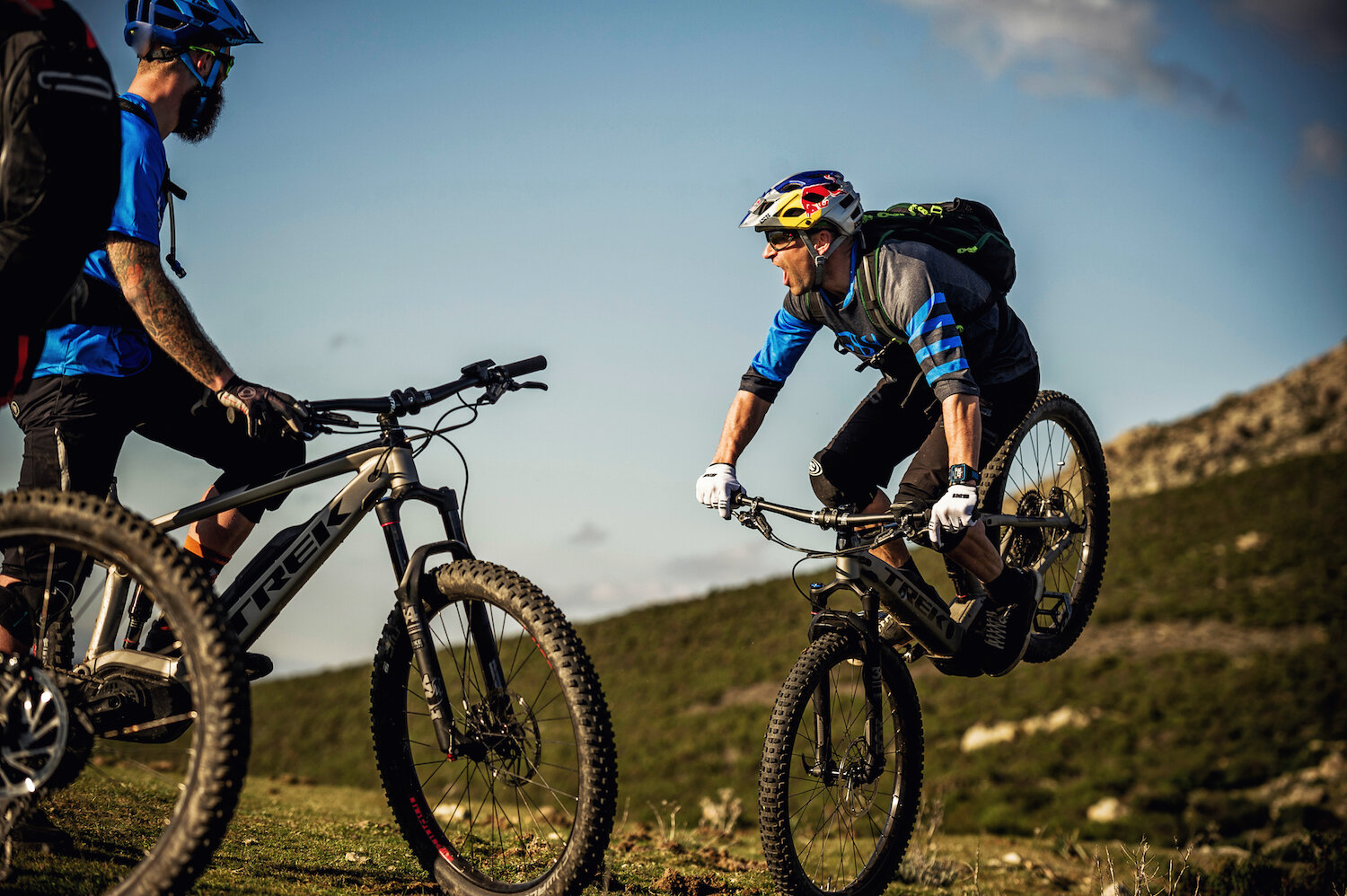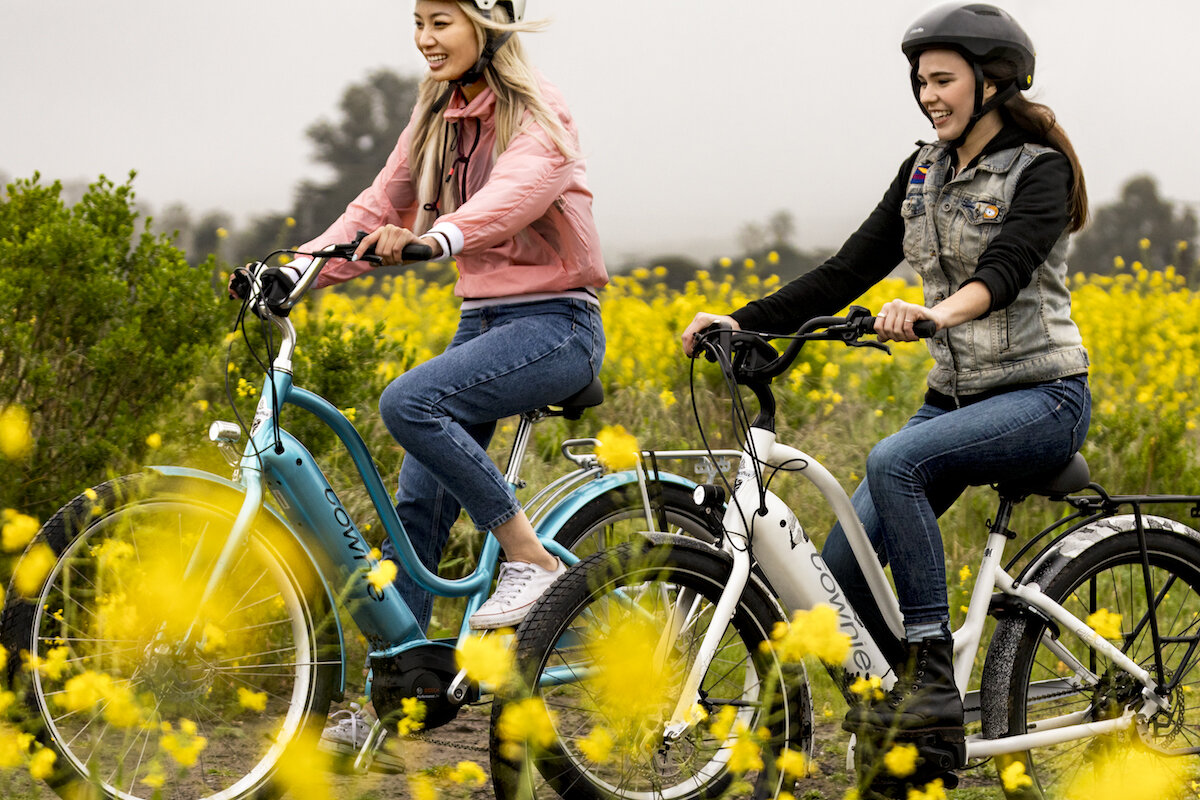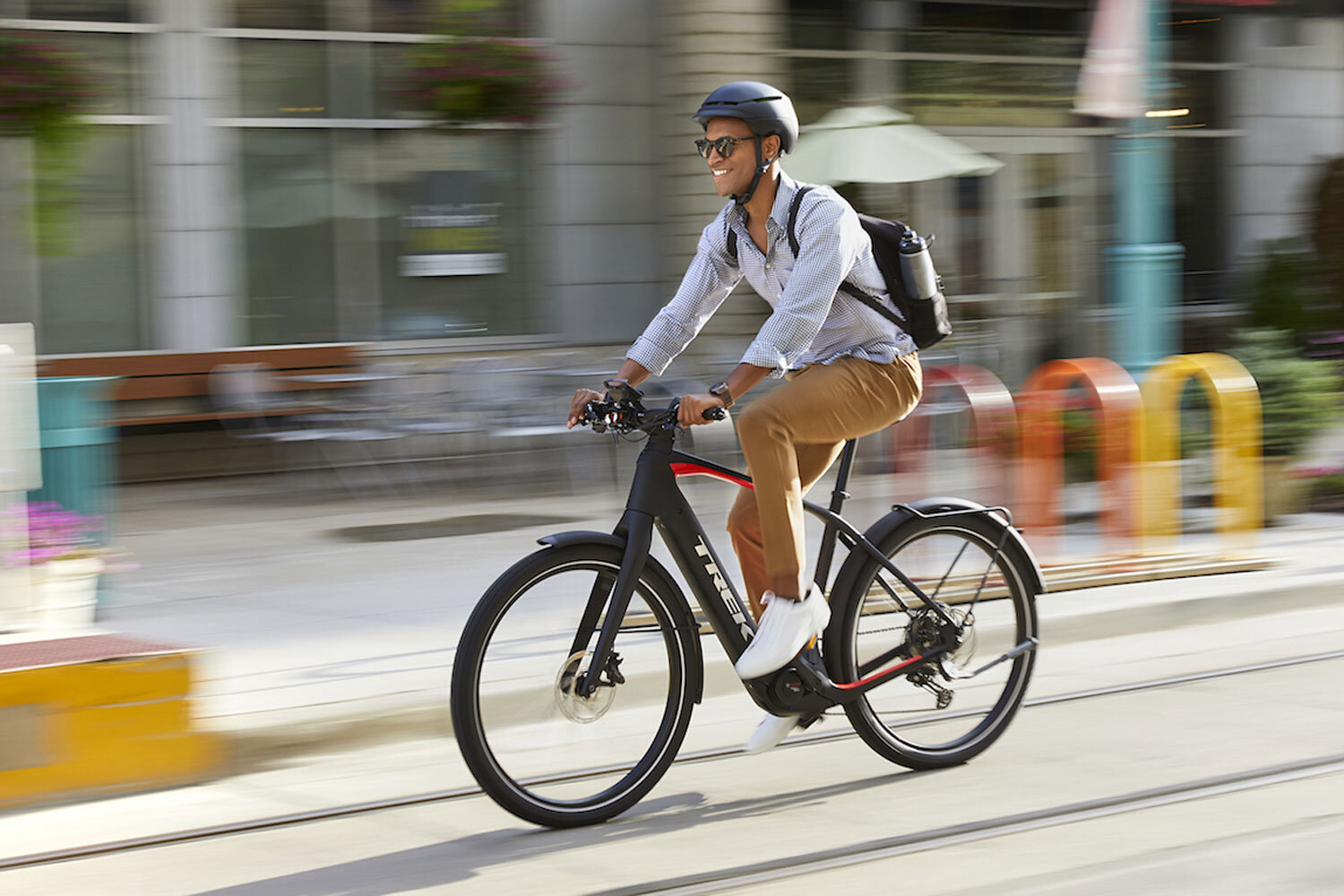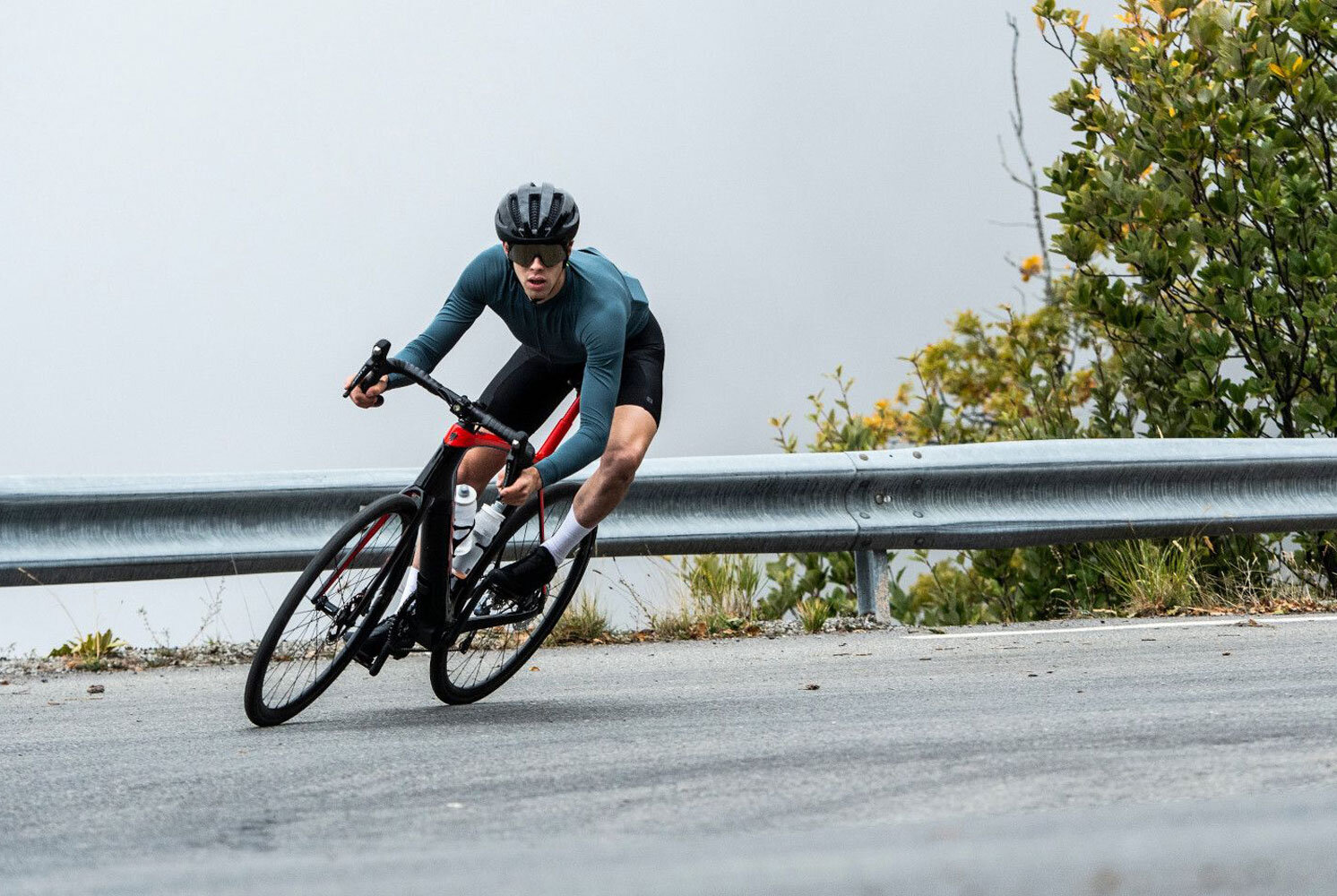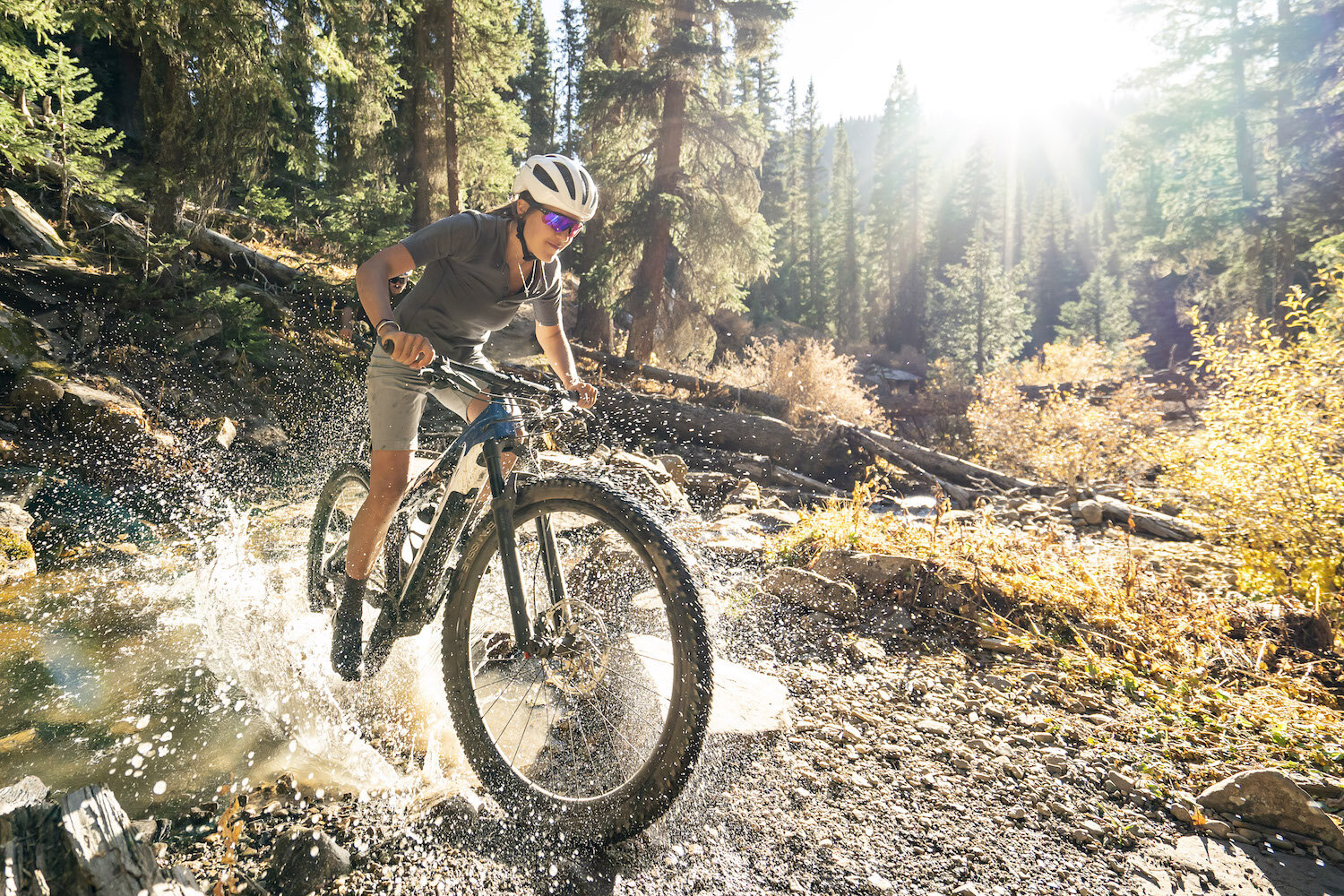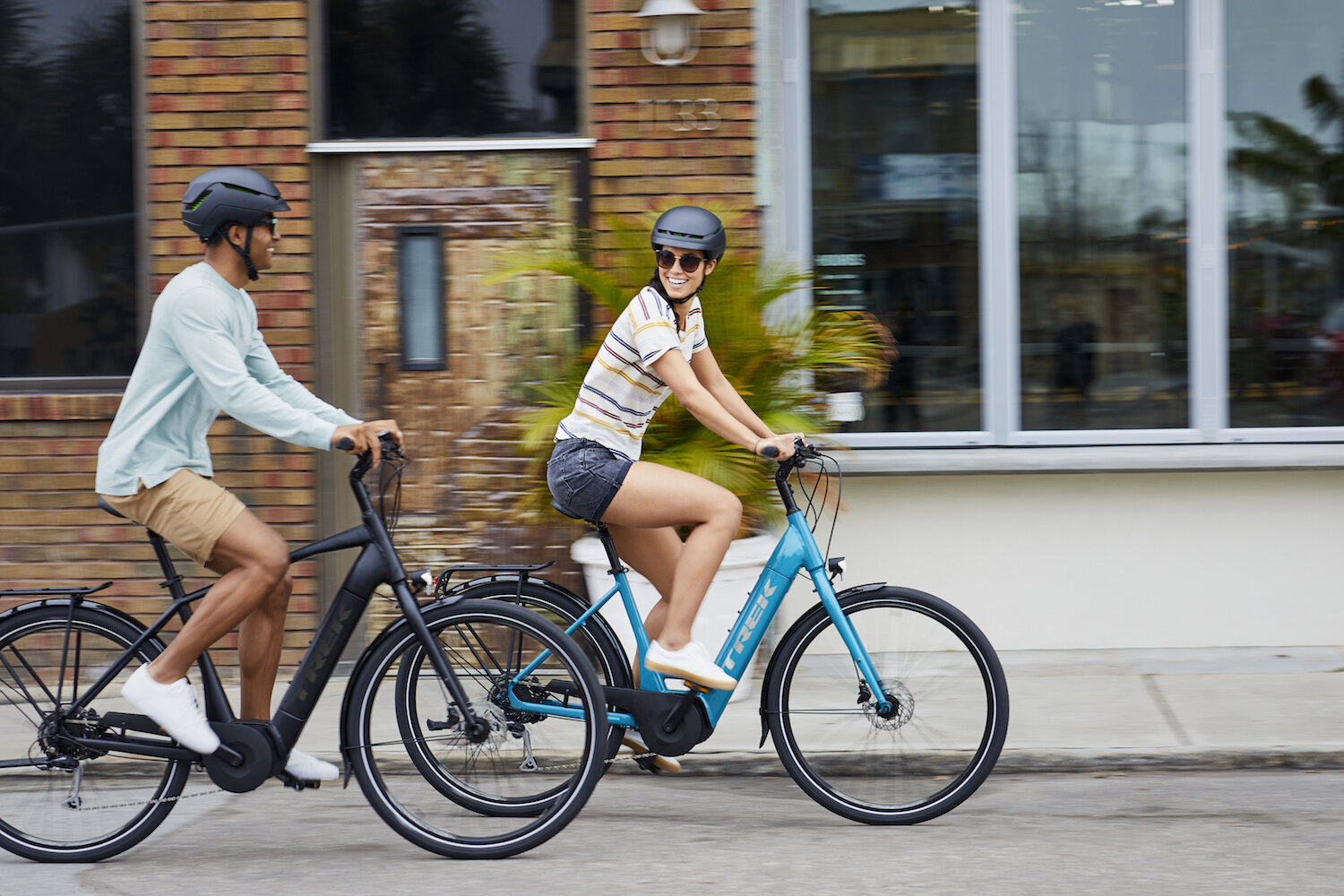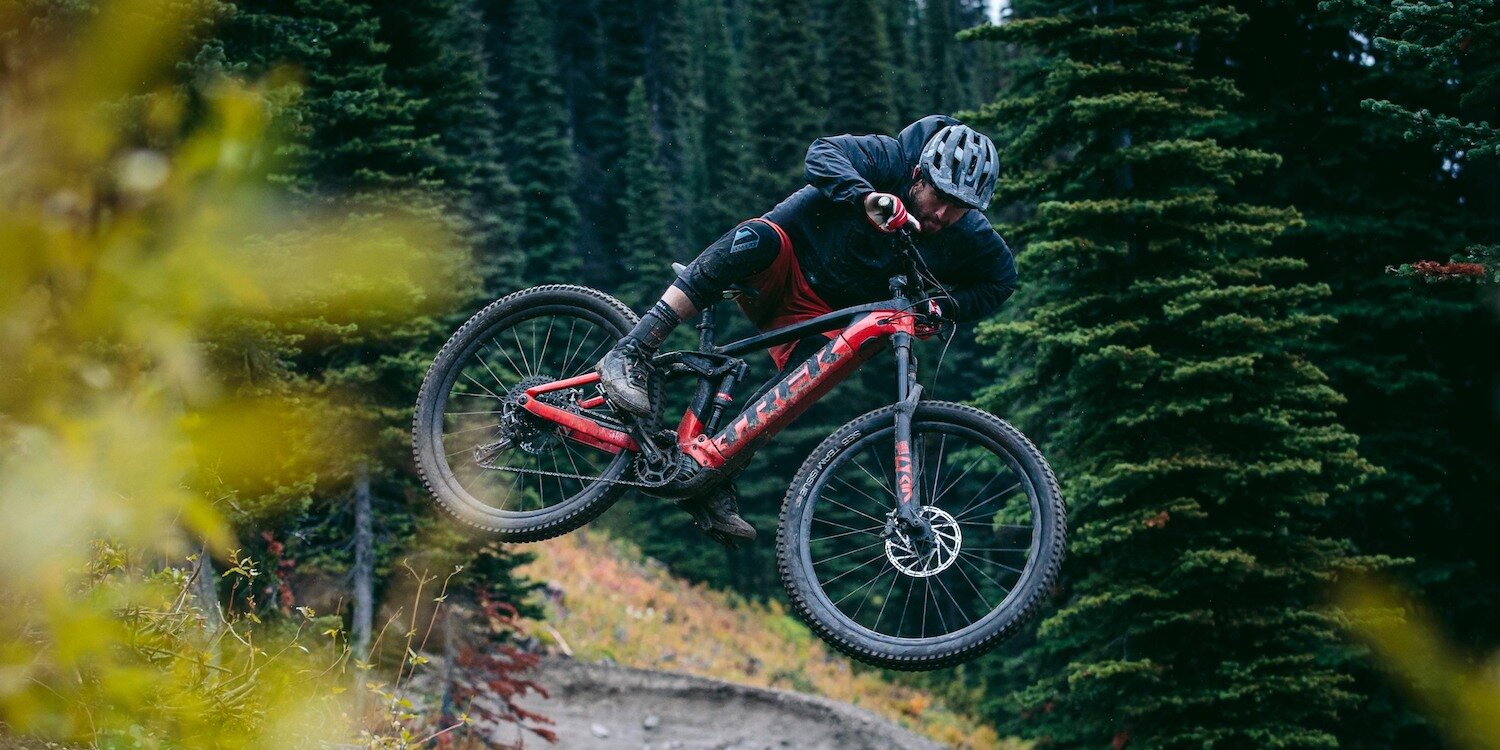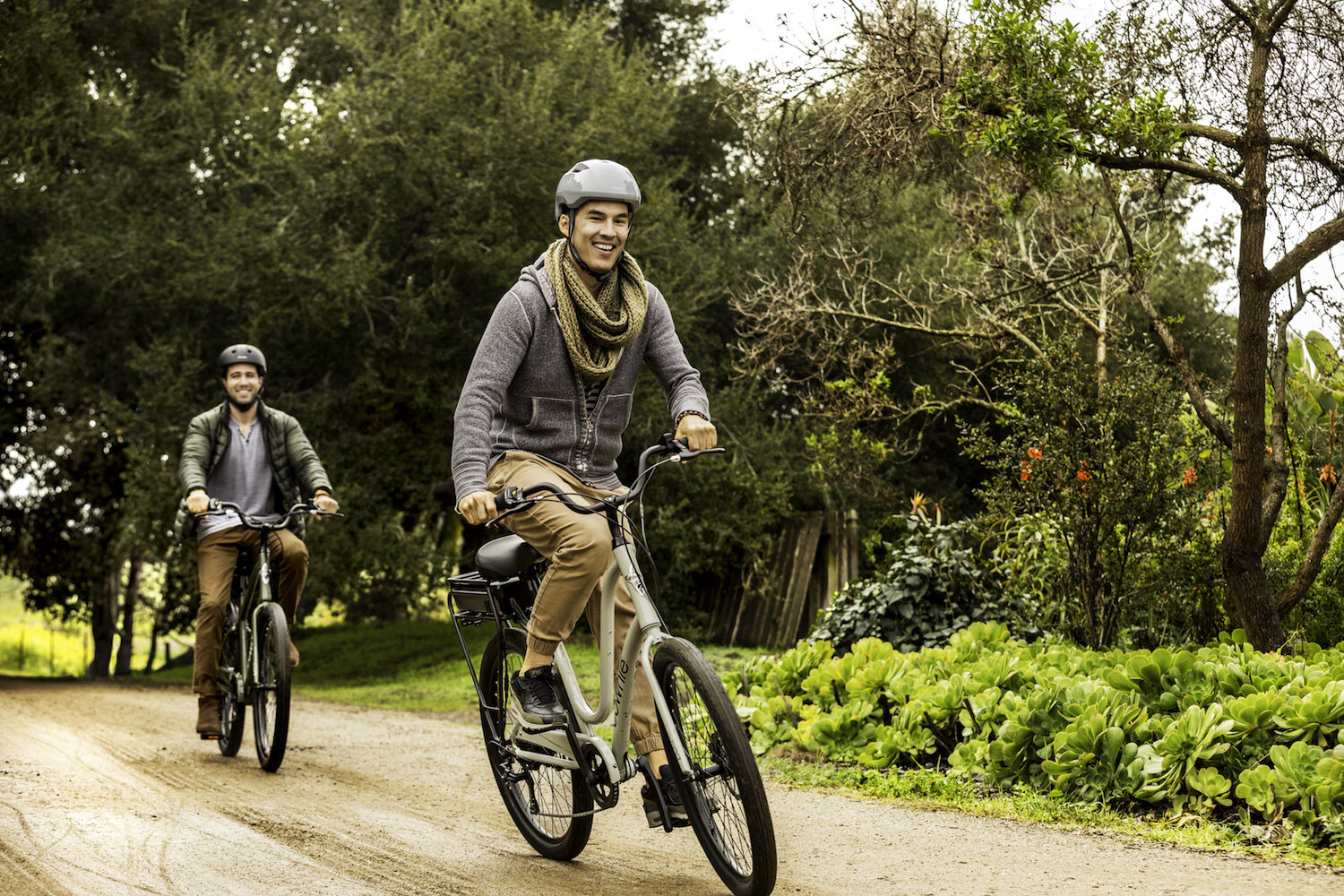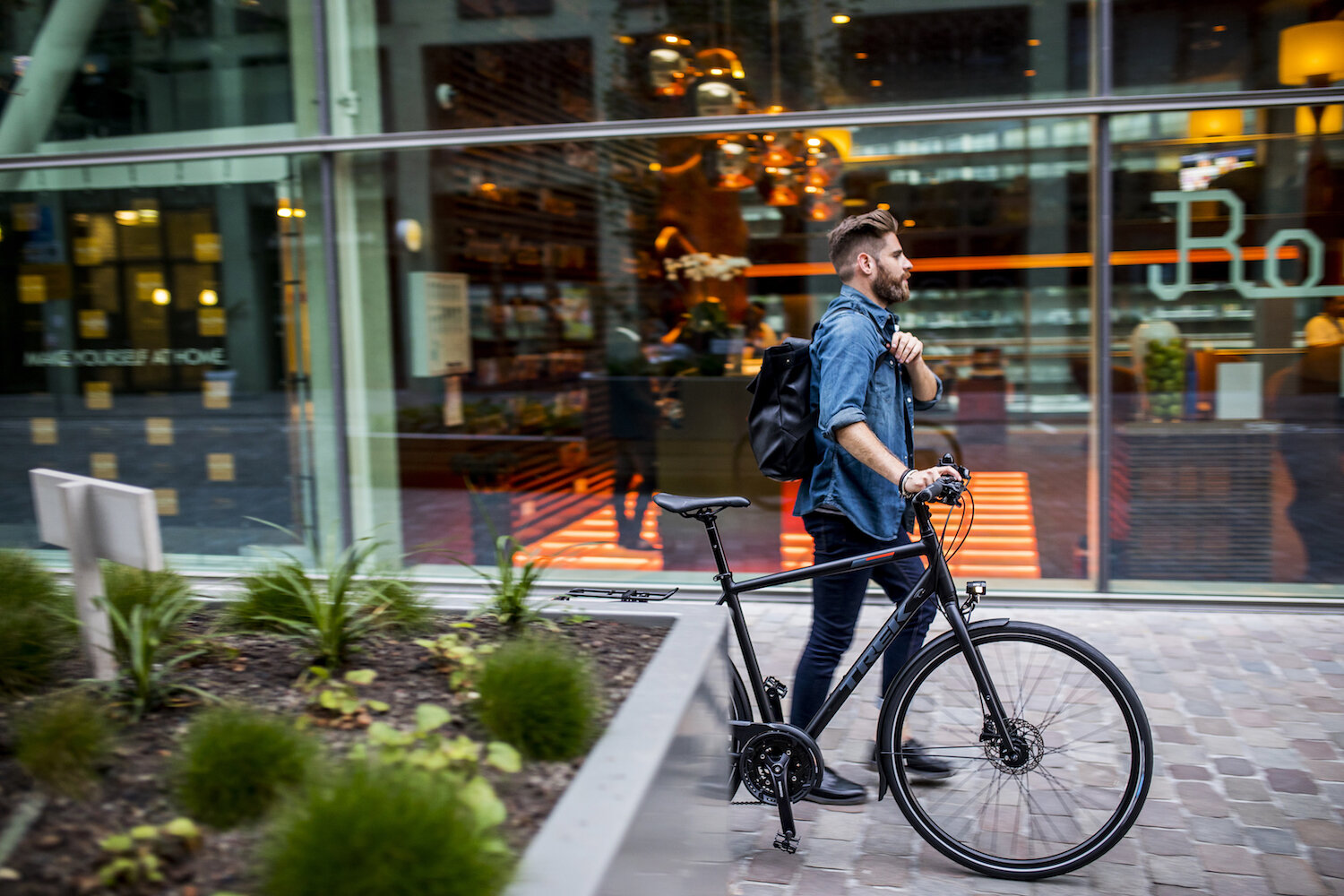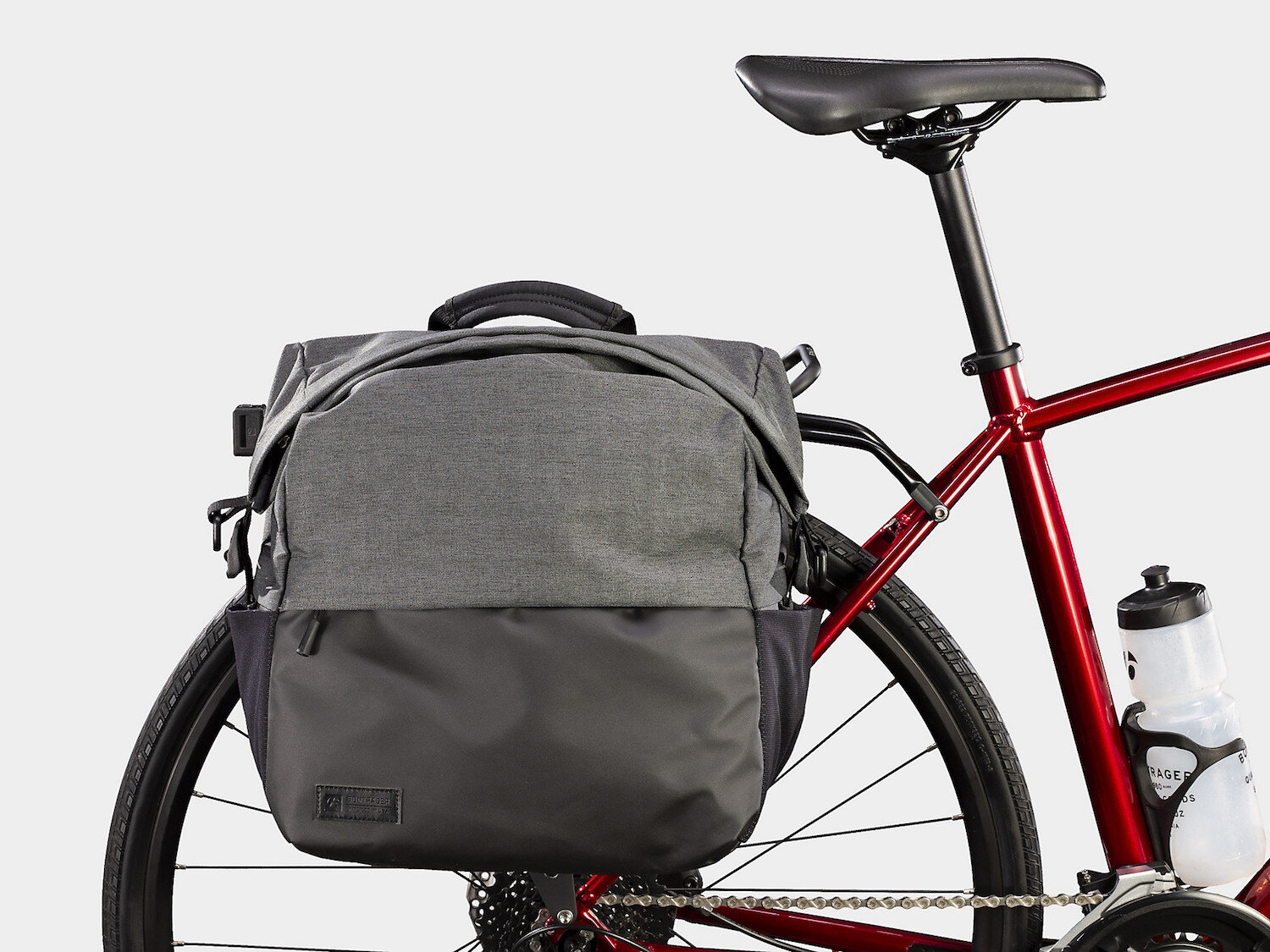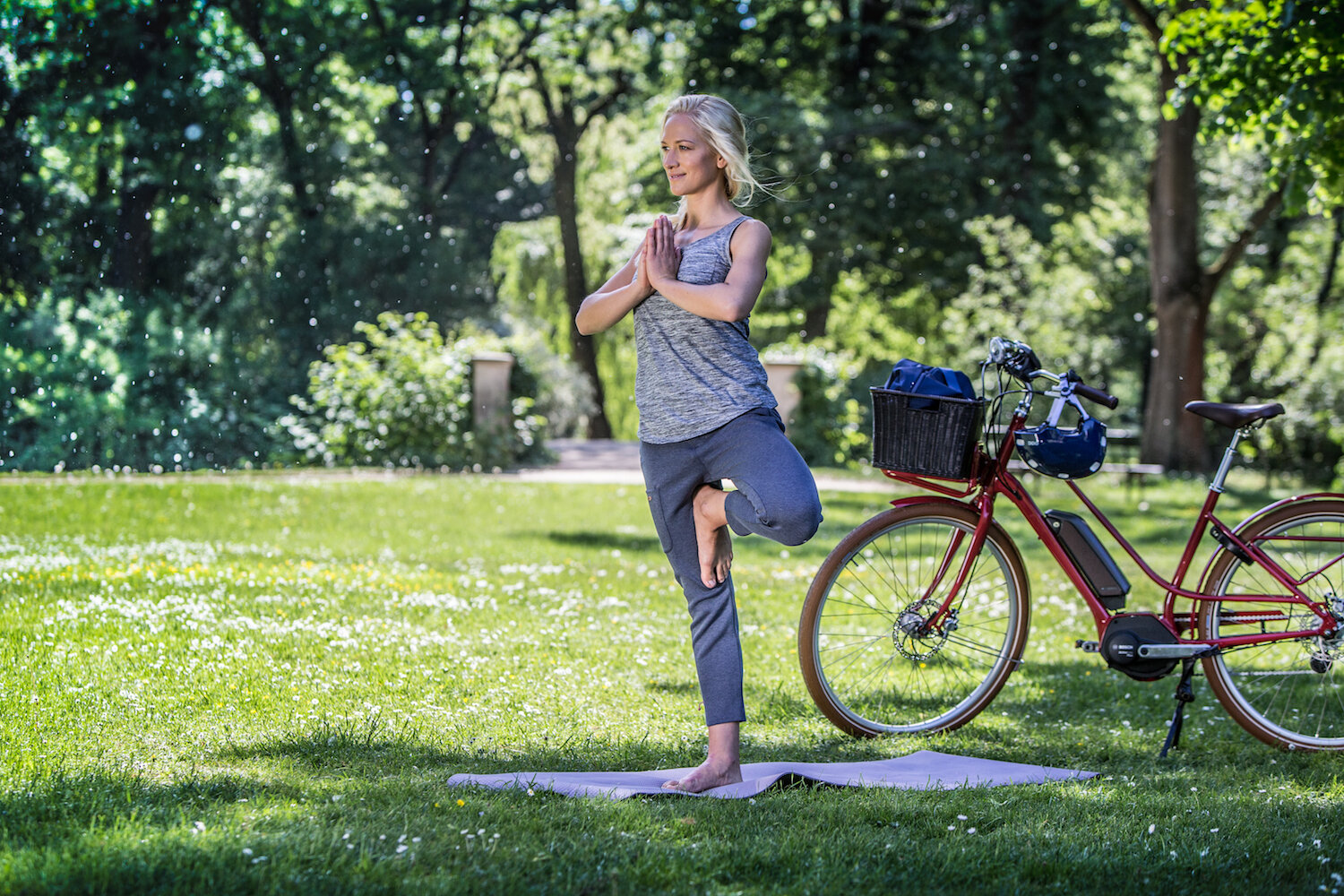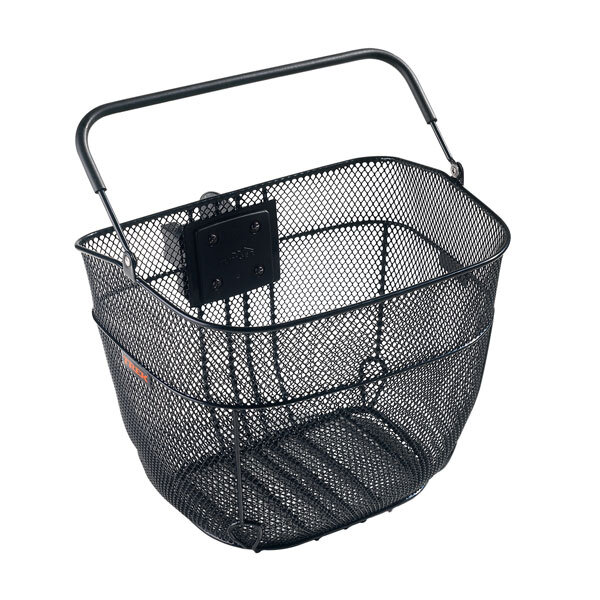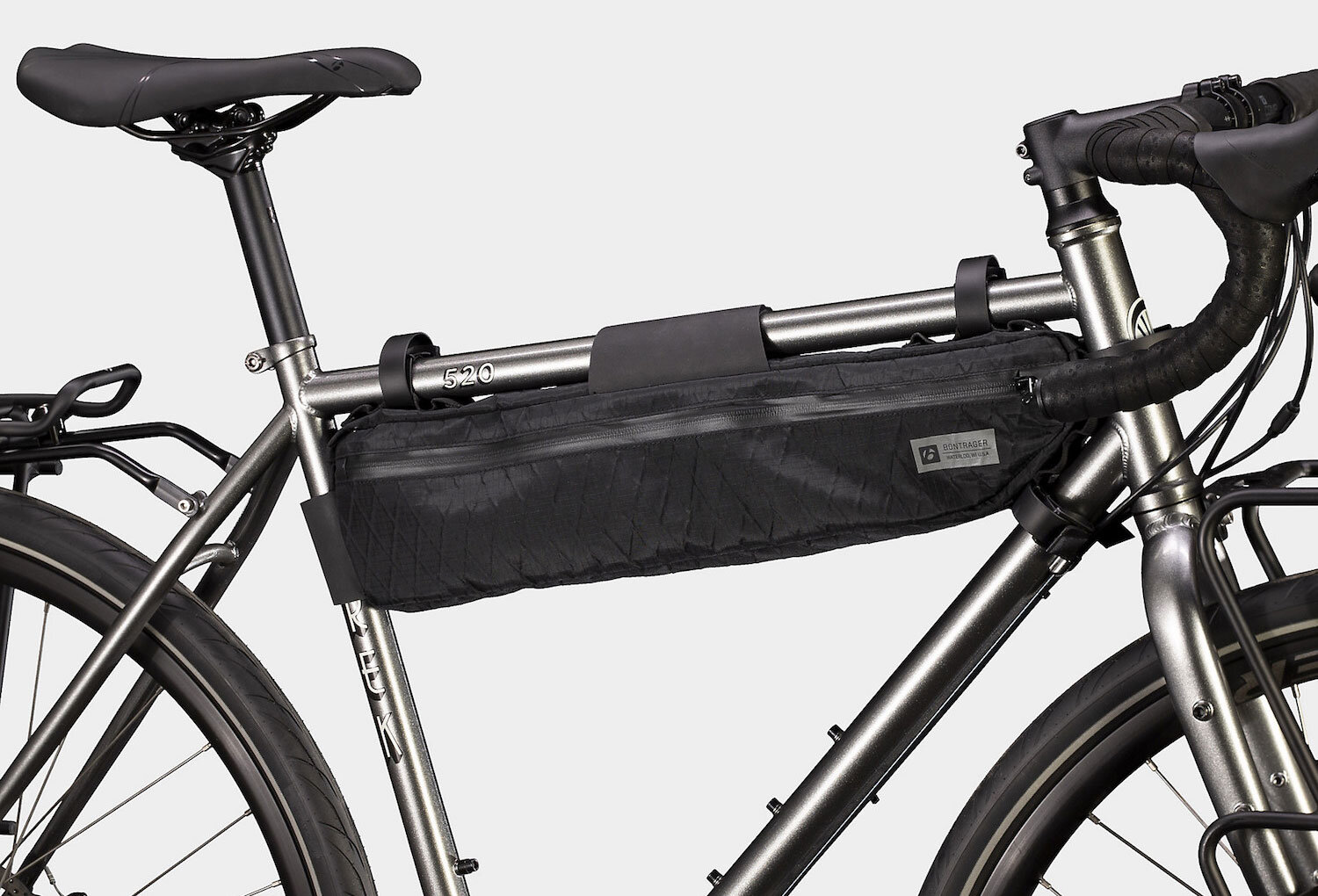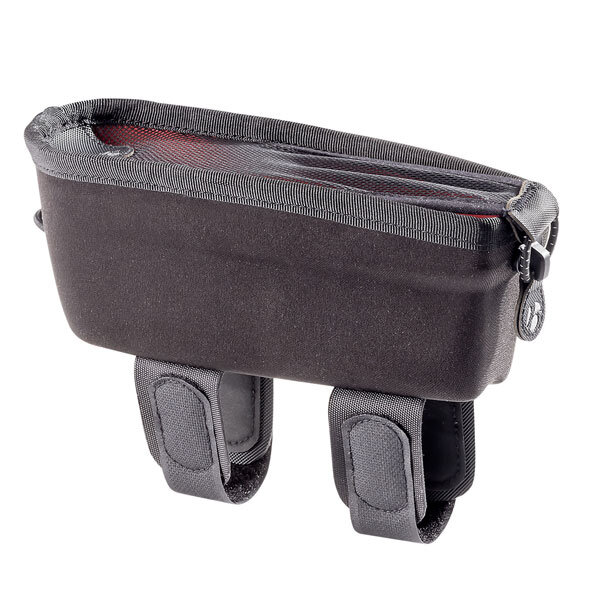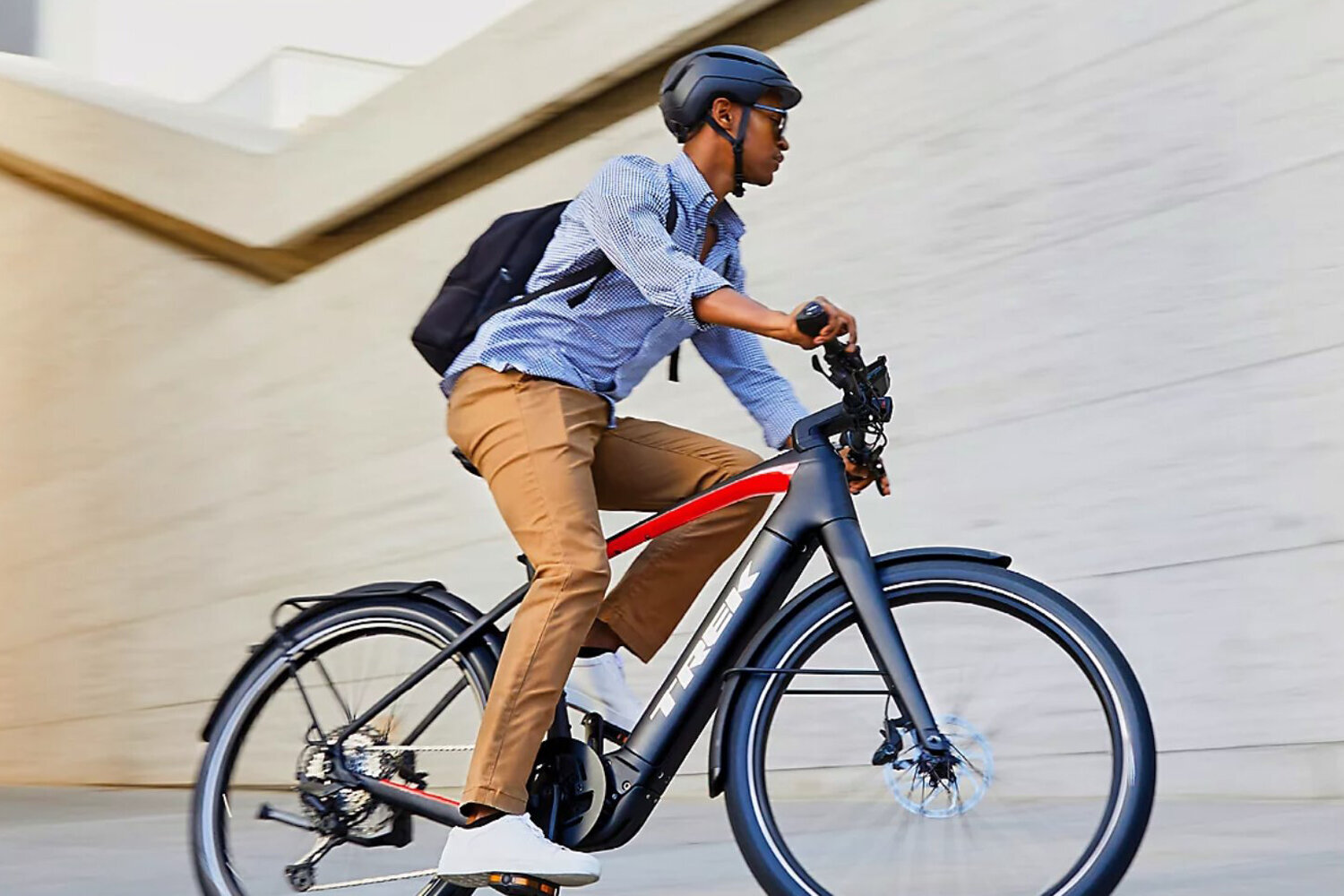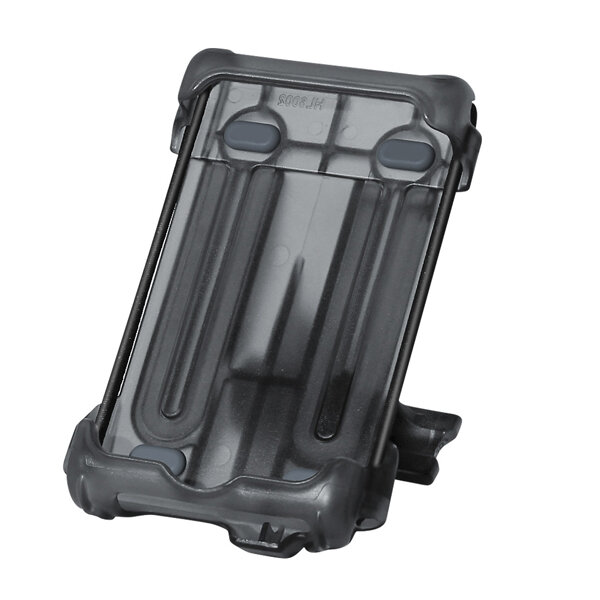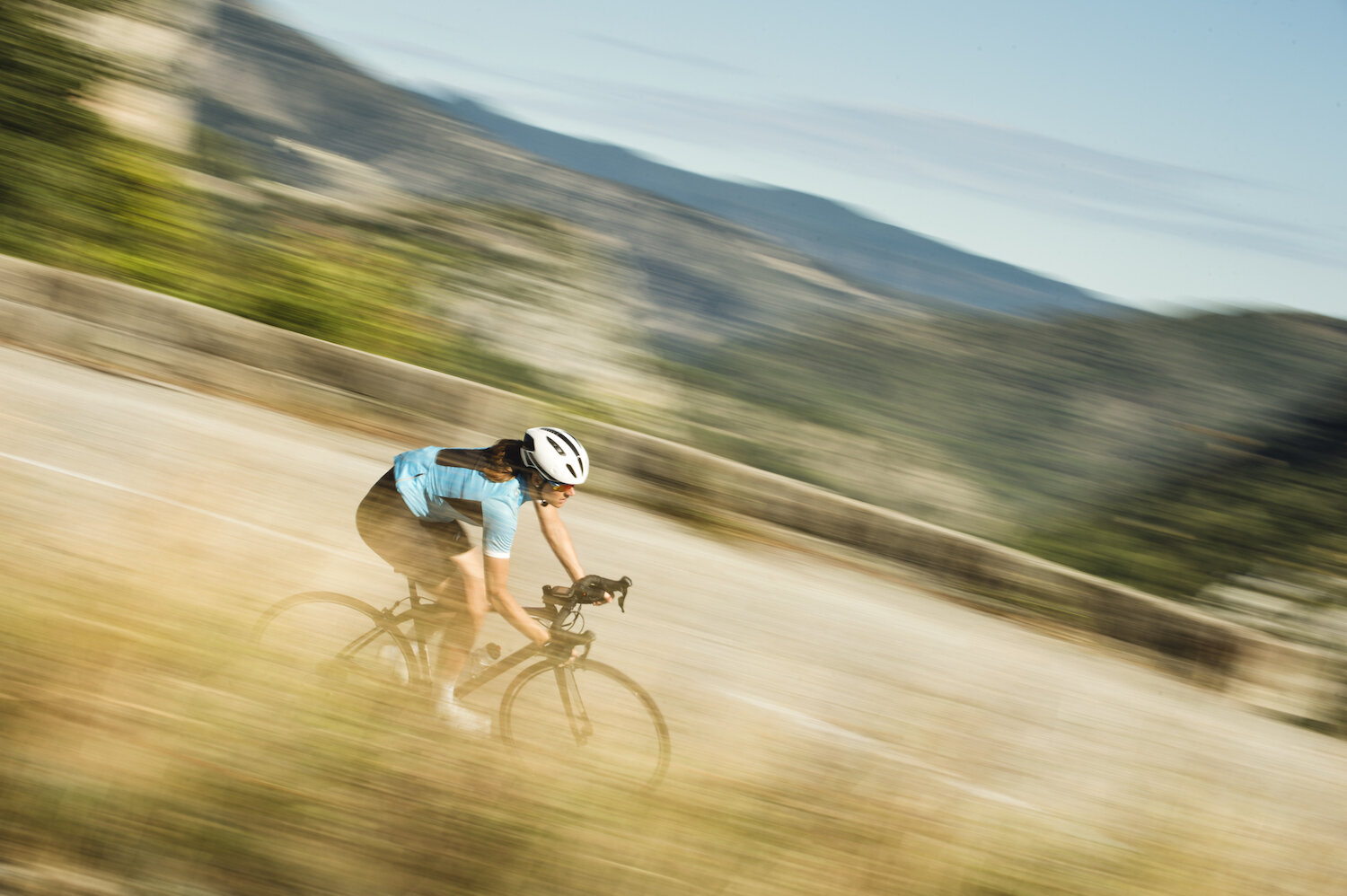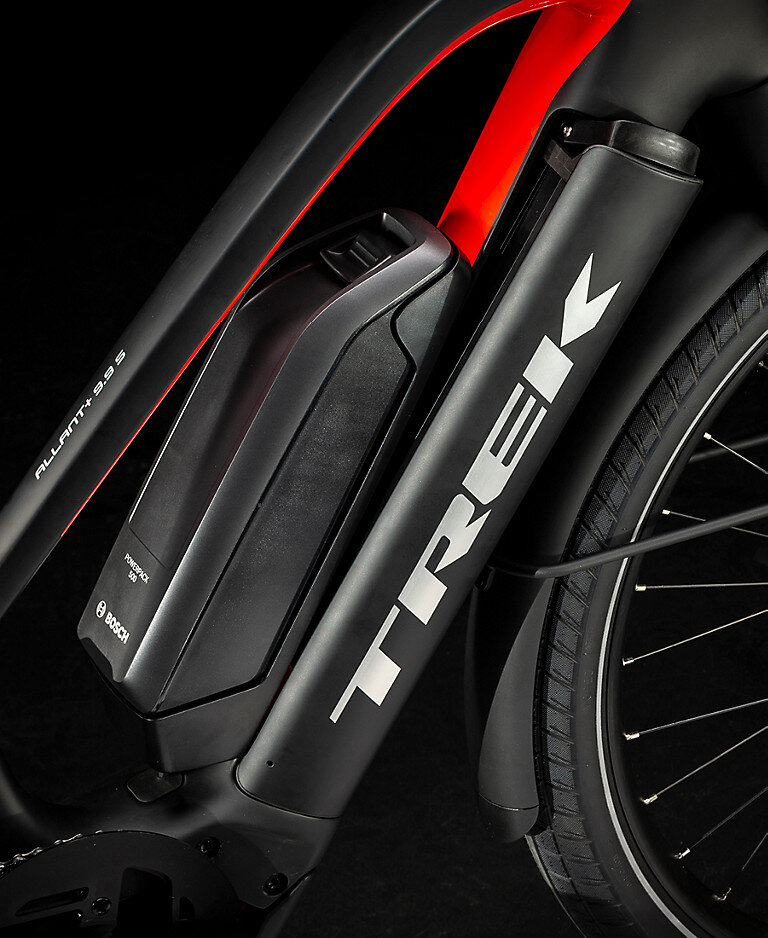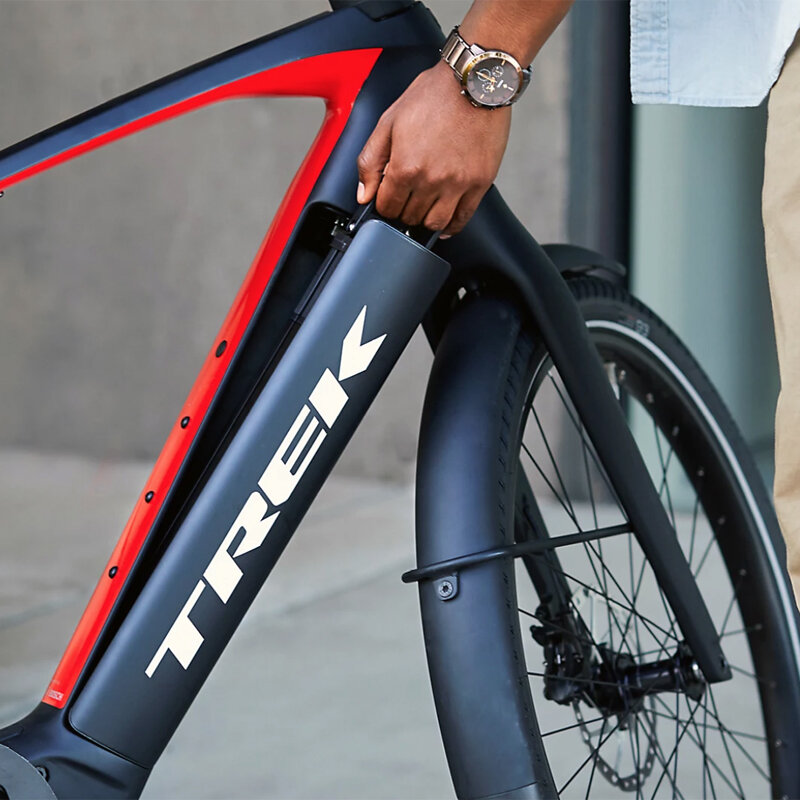You can’t go wrong by informing yourself of essential bike maintenance. The more attuned you are to your bike, the more likely you’ll be able to troubleshoot mechanicals and keep your bike in ride-ready condition.
It may seem overwhelming getting started with bike maintenance. So let’s start with the basics: tires. By the end of this guide, you shall be provided with enough know-how to feel comfortable tackling the basics of bike tire maintenance.
What to Have in Your Tool Bag for Tire Maintenance
If you ride a bike frequently, it’s in your best interest to pack a few essential bike tools if you get a flat (or some other mechanical) while on your ride. Here are suggestions for what should be readily available in your bike tool bag:
Multitool
A multitool is compact and handy enough to provide a wide range of minor fixes and unforeseen trailside mechanicals. From allen wrenches to hexes and chain breakers, you won’t want to leave this tool at home.
Tire Levers
Good luck trying to fix a flat without two of these babies. Tire levers are crucial to removing your flat tire from your wheel and assisting you with guiding a fresh tube or tire back onto your wheel. Many bike-specific multitools will come with tire levers but be sure to double-check before your purchase.
Hand Pump or CO2 Cartridge & Inflator
You don’t have to wait till you are near a floor pump to inflate your tire. There are plenty of nifty hand pumps small enough to fit into your pack and efficient enough that you’ll have a completely flat tire reinflated before your arm tires out.
Some cyclists prefer the convenience of using a CO2 cartridge and inflator over a hand pump; this uses pressurized CO2 to fill a tube in a flash.
Spare Tube
If you get a flat on your ride, a spare tube can save the day. Make sure that your spare tube is the correct size for your tire (27.5”, 29”, etc.). Also, pay attention to the valve type of your tube. Tubes either have a Presta or Schrader valve. Many bike pumps have a feature to convert the type of valve it can inflate but not all. Some pumps only can inflate with Presta valves or Schrader valves. Keep scrolling for our guide on how to fix a flat!
Tire Plugs
Having a plug kit with you could be a bright idea if you run tubeless tires. With tubeless tires, tiny punctures are filled by the sealant inside the tire, preventing a flat. But occasionally, we rip a tire too wide for the sealant to do its job. In this case, carrying a plug kit will allow you to plug up that leak so you can finish your ride.
Tube Patch Kit
If you get a flat with an inner tube in your tire, with no spare tube available, don’t panic. If you brought a tube patch kit, you could still run that tube after patching up the puncture. Patch kits are incredibly user-friendly and offer a speedy fix.
Basic Tire Maintenance
Checking PSI
Checking your bike’s tire pressure is good practice, and eventually, this will be second nature before each ride. Finding the proper tire pressure for you is calculated based on your weight, plus the weight of your riding gear, with respect to the conditions of the surface you choose to ride on.
Each cycling discipline has its recommended tire pressure:
Mountain Bike Tires (25-50 PSI)
Gravel Bike Tires (40-80 PSI)
Road Bike Tires (80-120 PSI)
Start at the lowest recommended PSI (based on the average weight of a cyclist:160 lbs). Cyclists weighing less than 160 lbs may want to run less than 25 PSI, cyclists more than 160 lbs may prefer riding with more than 25 PSI. Mountain bikers and gravel cyclists, also keep in mind the rougher the terrain, the more pressure you may want to run in your bike tires to mitigate the chance of getting a flat.
Pro Tip: A handy dandy tool for PSI is a digital tire pressure gauge. Many pumps will have a gauge built into them, but often they can read inaccurately, or the gauge becomes inaccurate over time. A digital tire pressure gauge is easy to read and sensitively accurate.
Tubeless vs Tubed Bike Tires
Whether it’s tubeless or has an inner tube, your tire set-up is a personal preference along with your bike tire choice. But there are pros and cons to each which you should be aware of.
A tubeless tire setup is designed to allow the tire and valve to seal on the rim of your wheel without losing air. While setting the tubeless tire, pour a liquid, tire-specific sealant into the tire. Sealant is tubeless tire magic; it fills any small punctures (generally any puncture size under ¼”), thus keeping your tire from losing air! To go tubeless, you either need tubeless-ready wheels or use a tubeless conversion kit with your current wheels.
Need help going tubeless? Bring your bike to one of our Epicenter Cycling locations! Our professional bike mechanics will get you set up quickly.
While tubeless tire set-ups are faring more on the side of popularity, there are still advantages of riding with a tubed setup. Riding with a tubed tire setup means that there is an inflated rubber tube inside of your tire. This inner tube should match the size of your tire’s diameter size (26”, 27.5”, or 29”).
Let’s look at the pros and cons of tubeless and inner tube setups:
Inner Tube Pros
Setting up tires with tubes is easier and faster.
Worldwide, there are more bikes with tubes, so it’s easy to find replacement tubes almost anywhere.
Patching a tube is easy.
All tires and wheels are designed to use tubes.
Road bikes ride better with tubes than tubeless due to the tendency to run high tire pressure.
Inner Tube Cons
Must run more tire pressure to avoid pinch flats.
Tires with tubes are heavier than tubeless.
You’ll likely ride slower. While having to run more pressure in your tire to avoid flats, you’ll also experience less traction and thus are more at risk for washing out on your bike.
Tubeless Pros
You will have fewer flats on average than riding with a tubed tire.
You can run less tire pressure, have more traction, and ride smoother.
Tubeless is lightweight.
Often can repair a flat without taking the tire off the rim.
Tubeless Cons
They are more expensive and can be tedious to set up.
You should still carry a tube on a ride in case you flat.
Maintenance is more frequent (ex. sealant dries out, and occasionally punctures continue to leak air despite the liquid sealant in the tire).
Tire burps are more frequent.
Fixing a Flat Tire
Flats happen. Bike tires are quite durable these days, but trail and road conditions can still present an unlucky scenario that leads to a flat tire. Bike mechanics will tell you one of the most important repairs you should know is how to fix a flat bike tire. So let’s guide you through the steps.
If you skimmers don’t feel like reading through a list of instructions, no worries. We’ve got the perfect video on how to repair a flat from Trek. Click here to watch!
These instructions are for fixing a rear tire flat. The steps are the same for a front tire but easier since you don’t have to move the chain and gears.
Tools and Materials Needed: A multitool, two tire levers, a spare tube, and a pump.
Keep your bike upright and shift into your most difficult gear.
Stand on the non-chain side of the bike and remove your back tire by loosening the quick release or thru axle on the rear wheel. Hold the wheel down with one hand and lift your bike from the wheel with the other hand.
Grab your tire lever with the scooped end. Work this end of the lever underneath the edge of your tire. Then attach the hooked end of this lever to the nearest spoke.
Next, use your second tire lever and work the scooped end underneath the edge of the tire just a few inches away from your first tire lever. Then, continue to work the second tire lever around the whole wheel to remove the tire from one side of the rim completely.
Beginning at the valve stem, pull the old tube out of the tire.
Carefully check the inside of your tire for any sharp debris. Then visually check the outside of the tire for anything sticking out of the rubber that may have caused the flat and remove it.
Get your replacement tube. Inflate it with just enough air to give it some shape.
Find the valve stem hole on your wheel and place the valve of your replacement tube through it. Then work your way around the tire, tucking the tube carefully into the tire. Avoid having the tube getting pinched in the process.
Start at the valve stem again and use both thumbs to press the tire back onto the rim of the wheel. This becomes increasingly difficult as the edge of the tire sets back into place. You can use the scooped end of a tire lever to help press the rest of the tire back onto the rim.
Using a pump, inflate your tire to your desired PSI. The flat is now fixed! Time to get your wheel back on your bike.
Thread your axel through your hub and tighten it properly. Guide your bike frame back onto the wheel. Spin your wheel to check over the tire and your wheel.
Take a quick pedal around to make sure everything is running smoothly.
Resume your ride and have fun!
Patching Up a Bike Tube
Let’s say you are running tubed tires and flat. With no spare tube? Hopefully, you brought a patch kit. Your ride will be saved, and it will be a really quick and easy fix!
Tool and Materials Needed: A multitool, two tire levers, a patch kit (or patches, glue, sandpaper), and a pump.
Pro Tip: If you are patching a tube at home, fill a tub or bucket with water. Inflate the tube and submerge it into the water. Watch for bubbles – they will indicate when the puncture is.
Find the leak. Closely inspect the tube for air hissing or submerge the tube into water to detect the puncture site.
Decide whether to fix the tube or replace the tube. Some punctures are too big to patch.
Clean the area where the patch will go. Rough up the surrounding spot with sandpaper to help with adhesion.
Spread the glue and apply the patch. Hold the patch firmly in place until the glue is dry.
Inflate your repaired tube with a pump.
Start with Step 7 of this article’s section on Fixing a Flat. This will provide instructions on how to put your replacement tube back into your tire.
When to Replace Bike Tires
The tell-tale signs of when it’s time to replace your bike tires are something you should know off the top of your head. Running old and worn-out bike tires increases your risk of flatting, losing traction, and having a generally less safe riding experience.
Signs that it’s time to replace your bike tires:
Worn out tread.
The fabric inside your tire pops out.
Bumps form on the sidewall of your tire.
Asymmetries appear while spinning your tire.
Tire labels are starting to fade. Your tires have been put to work!
You may also consider replacing your tires if you are riding in different trail conditions. Stay tuned for our guide to choosing mountain bike tires – coming soon. In the meantime, give us a shout or stop by for more info.
Additionally, you may want to switch out tires when going for long rides to accommodate the conditions you’ll be riding in and save the tread pattern on the tires you typically run.
Cyclists that race frequently switch out their tires to optimize for their race experience. Worn tires are less efficient, unsafe, and less fun to ride on. When racing, you’ll want to increase your odds of riding well in any way you can. Running fresh tires is a surefire way of making sure you do.
Feel free to browse Epicenter Cycling’s impressive selection of bike tires from top brands next time you come by the shop. Or give us a call to hear what we have in stock. We are happy to assist you.



